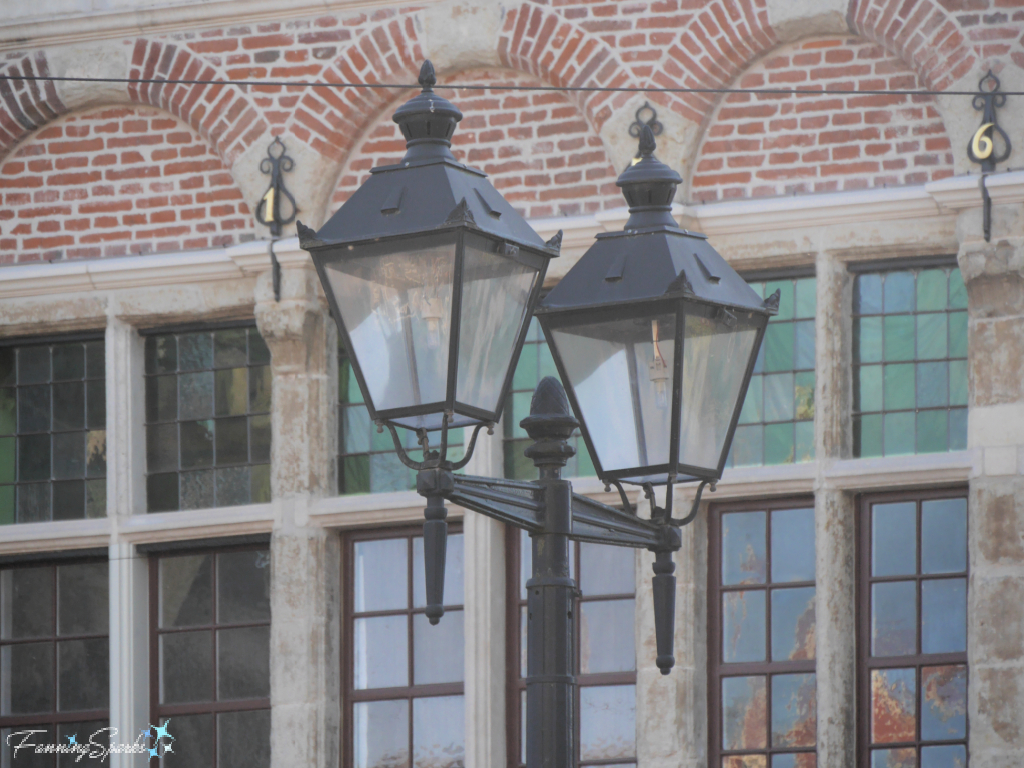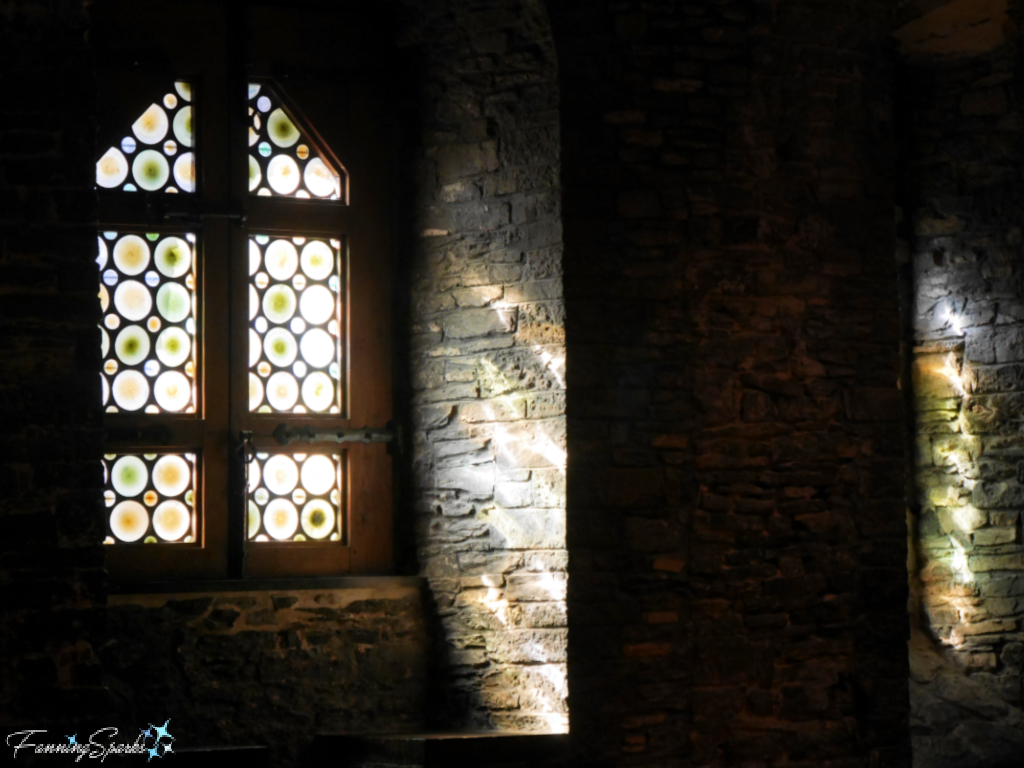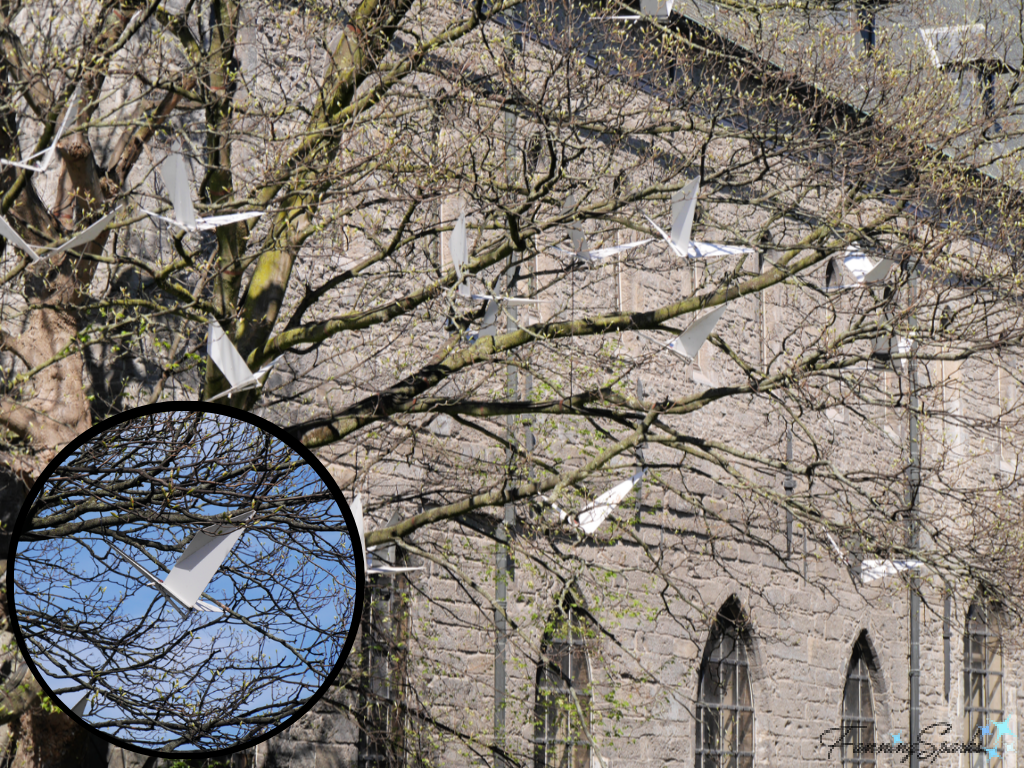“You should come to the next gourd gathering” she said as she wrapped my purchase. “The next what?” I asked, stunned. She went on to explain gourd gatherings are annual events where gourd artists and enthusiasts get together to share, learn and socialize. These get togethers are typically hosted by local gourd societies. So that’s how I ended up in Cherokee, North Carolina at my first Gourd Gathering.
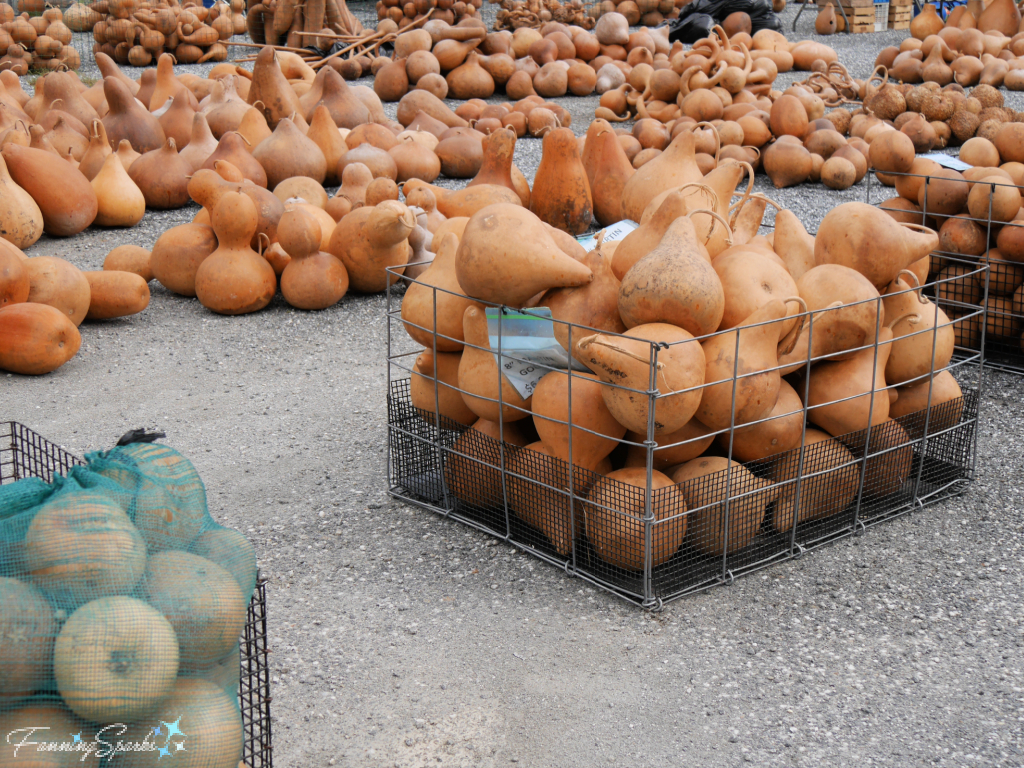
Yep, there are a lot of gourds at a gourd gathering! There is, also, a lot of beautiful gourd art. Vendors sell everything from unfinished gourds (as pictured above) to specialty gourd art supplies to finished artworks. A series of workshops, hosted by enthusiastic instructors, offer attendees the opportunity to try new techniques, learn new skills and make interesting projects.
Gourds, I’ve learned, provide artists the rare opportunity to work with a blank slate that’s three-dimensional. Gourds can be painted, stained, dyed, carved, burned, cut, drilled, sculpted, trimmed, and embellished in thousands of different ways. Gourds are amazingly versatile!
Talented artists can turn a simple gourd into a piece of fine art. Here’s an example I saw earlier this year at the Cameron Art Museum in Wilmington, North Carolina. Titled Ancestry, this beautiful gourd artwork was created by Michele Tejuola Turner. She says “I am a contemporary craft artist whose work tells the African and African American experience through story. My chosen media, American gourds and African calabashes, offer a three-dimensional canvas that connects me to the land and stories that inspire me”. She uses a power tool to carve images and words into the gourd. Then adds depth and detail with vibrant acrylic paint.
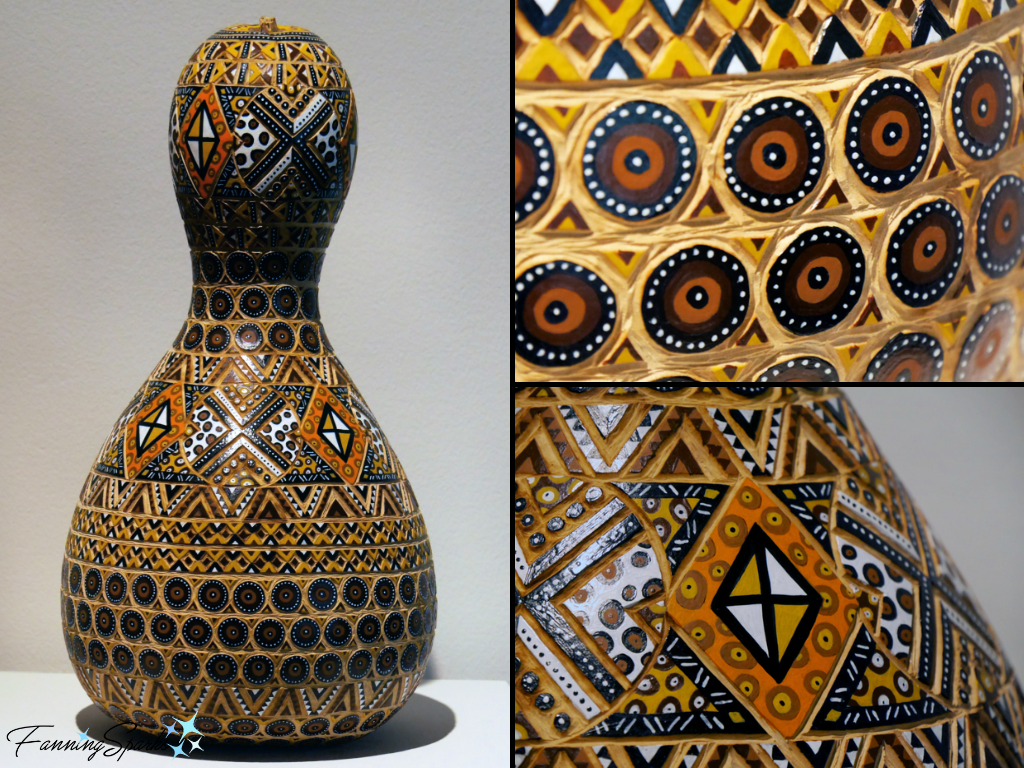
It’s hard to believe this work started out looking like these bottle gourds.

Gourds grow in a surprising variety of forms. Gourds are actually the hard-shelled fruit of the Cucurbitaceae family. This large family of tendril bearing vines also includes pumpkins, squash, melons and cucumbers. This gourd plant was spotted at a local botanical garden.

The gourds of most interest to gourd artists come primarily from Lagenaria siceraria plants and are known as hardshells. Based on their general shapes, hardshells can be divided into four types—basket, bottle, long and dipper.
Basket gourds are round and lack a neck. Popular shapes include cannon ball, basketball, tobacco box, canteen and bushel basket gourds. Pictured below is a selection of cannon ball gourds.
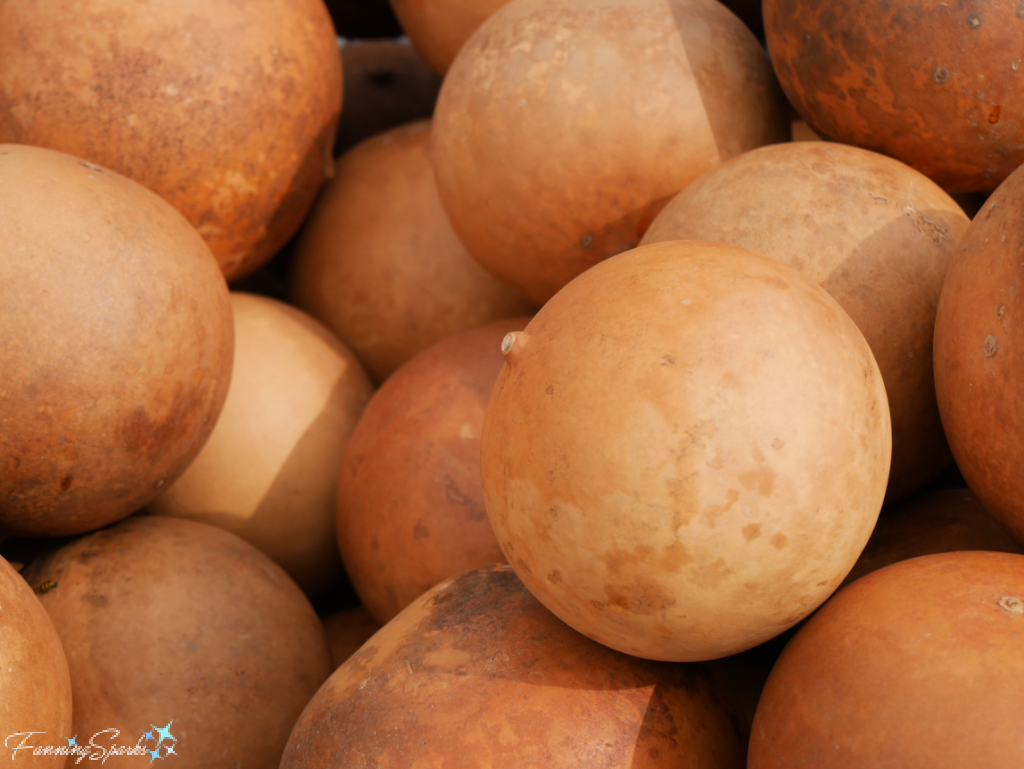
As implied by the name, basket gourds are ideal for making baskets and other vessels for carrying and storing. It’s not surprising that gourds are often combined with basketry. This gourd, created by Marianne Barnes, has a gorgeous woven rim called a Double Wall Cherokee Run. By the way, this is the purchase I mentioned at the top of this blog post. I tucked a few pieces of lace, crocheted by my Mother, into this pretty gourd as a special remembrance of her.
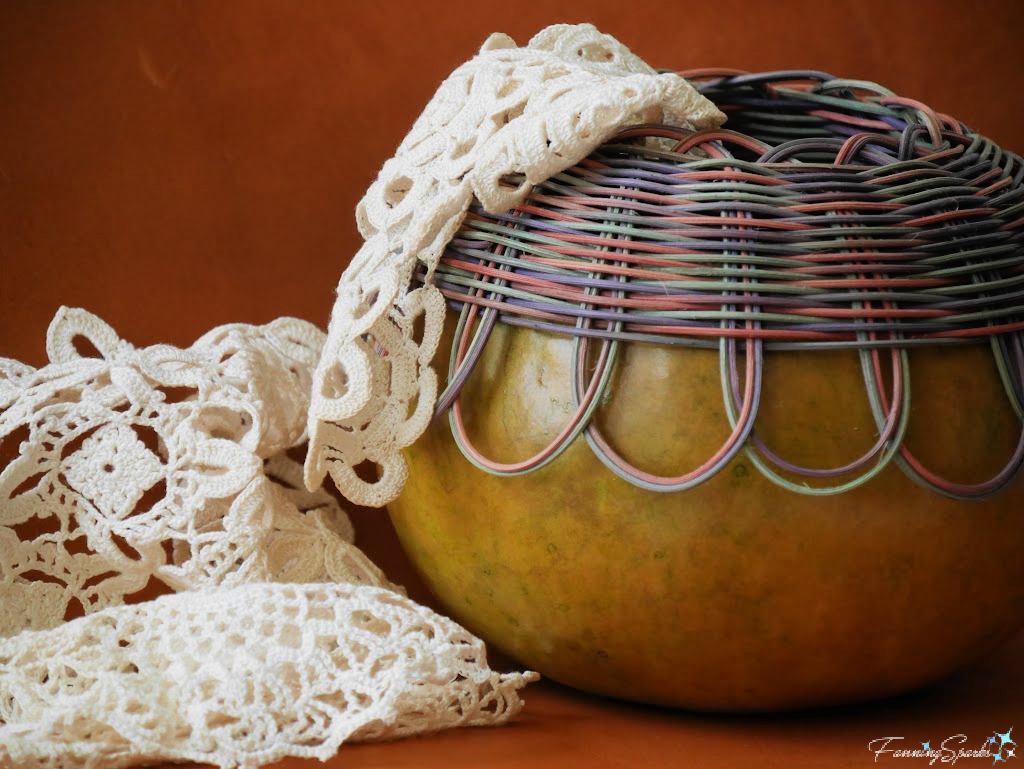
Here’s another example of basketry applied to a gourd. Pine needles are coiled, and embellished with beads, around the rim of this gourd.
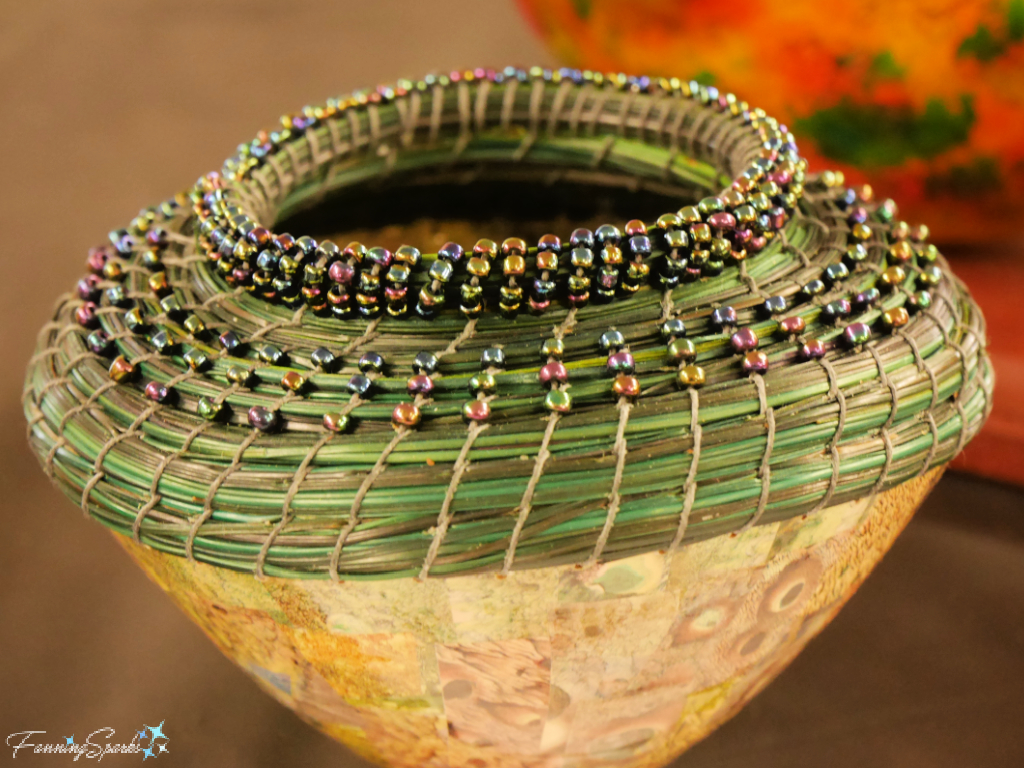
Bottle gourds generally have a bulb at the base and a neck at the stem. Popular shapes include martin, penguin, powder horn, kettle, Chinese bottle and miniature gourds. Pictured below is a selection of martin gourds.

Gourds have an extensive and fascinating history. “By far the most common uses of gourds in all cultures were as containers and vessels. They were used to store every manner of supplies, wet and dry, food and utility, domestic and otherwise. Hauling and storage of water was of paramount concern in every tribe regardless of locale. Gourd dippers, ladles, and containers representing all periods of civilization are seen in museums throughout Africa, Asia, the Western Hemisphere, and the Pacific Islands. … all manner of foods were stored in gourds … gourds were also used as cooking and eating utensils. Native Americans boiled food by dropping hot rocks into gourds filled with liquids. Many gourd ladles from Middle America and the Southwest are scorched on the bottom, evidence of their use to pour and spread batter on the cooking stones. … Gourds were also used as birdhouses and feeders. European explorers noted gourd birdhouses in native villages in North America.” reports The Complete Book of Gourd Craft.
Martin gourds are still used to make birdhouses especially those for purple martins. Pictured below are a few outstanding examples of gourd birdhouses.
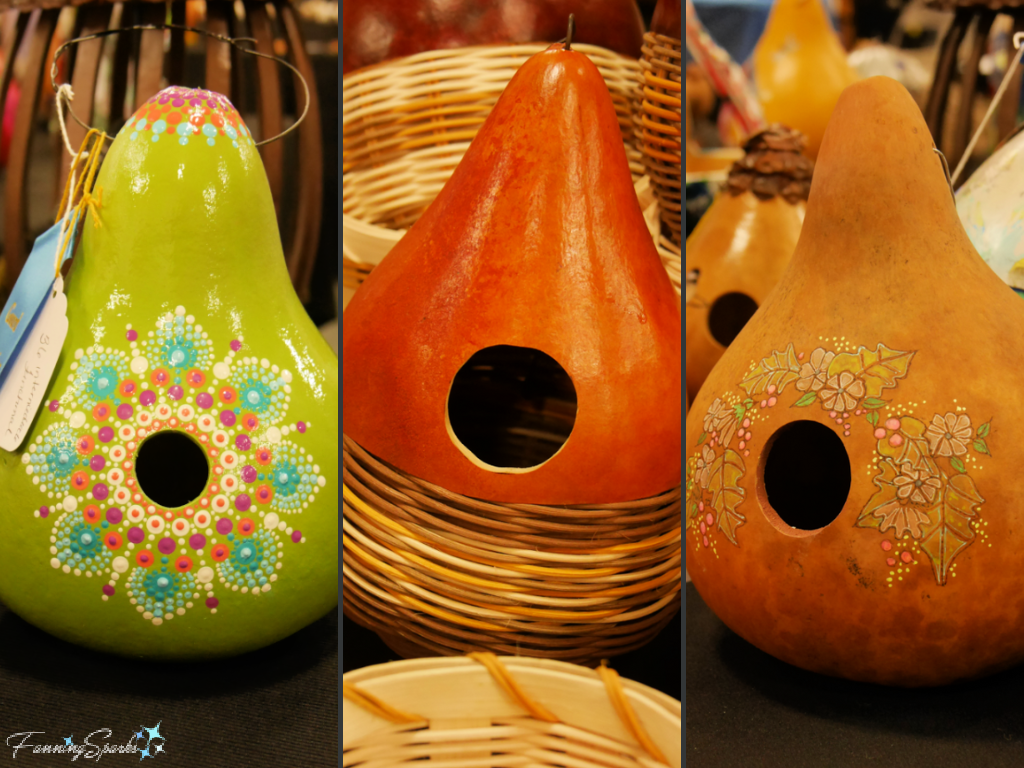
One of the workshops I attended at the Gourd Gathering was Wood Burned Martin Birdhouse Gourd with Jeanette Egan. We learned how to use a Walnut Hollow Solid Tip Creative Burner with its various tips to burn a design into a gourd. Here’s how mine turned out.
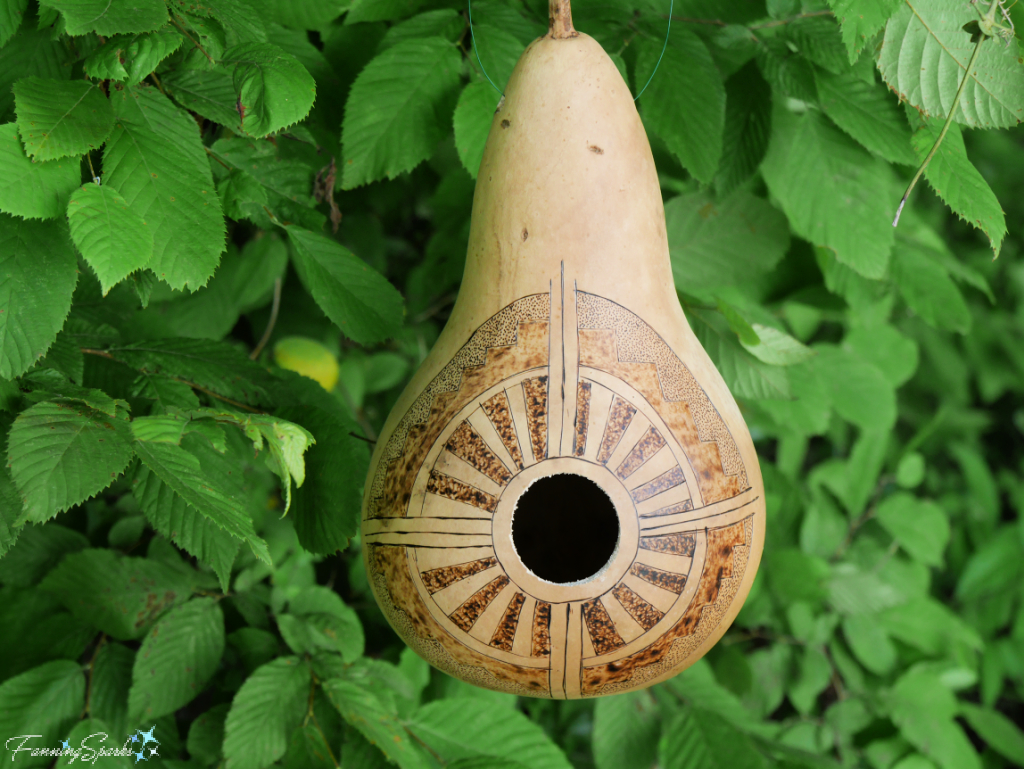
Long gourds are generally long and narrow with no distinct bulb. Popular shapes include long, banana and snake.
Dipper gourds generally have a bulb at the base and a long thin neck extending to the stem. The necks may be straight or curved. Popular shapes include short-handled dipper, mid-size dipper, long-handled dipper, club and maranka. Pictured below are two selections of long-handled dippers—one with long straight handles and the other with long curvy handles.
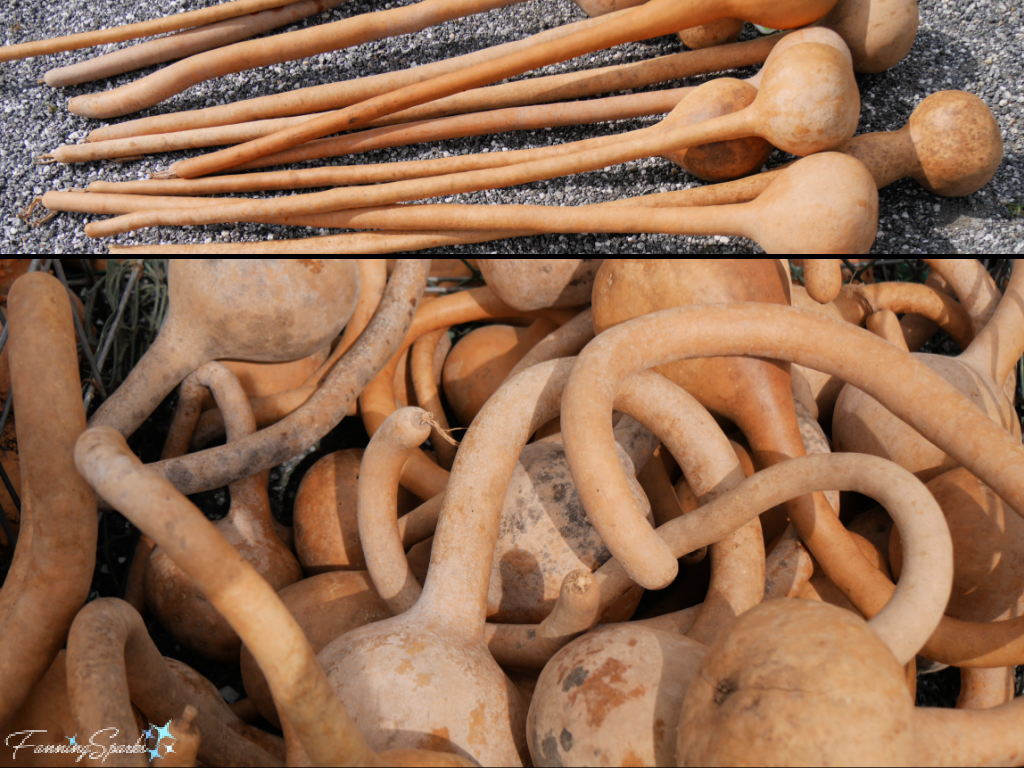
Gourd artists often use gourds as the foundation for a sculpture. They build up and shape the figure with Quikwood Epoxy Putty, polymer clay or other sculpting material. This startlingly realistic garter snake, by artist Cara Bevan, is created from a dipper gourd, epoxy clay and acrylic paint.

Miniature gourds, typically 4” or less, grow in a variety of forms. They are popular for making jewelry, ornaments and sculpted figures. This cute little chicken was created by Cara Bevan from a mini spinner gourd, clay and acrylic paint.

I purchased a few unfinished gourds at the Gourd Gathering so I’ve been seeking inspiration for gourd art. My newest Pinterest board, Gourd Art – FanningSparks Favs, contains over 100 ideas.
More Info
The Gourd Gathering at Cherokee is an annual event. The 2022 event was held in Cherokee, North Carolina, USA. You can learn more about this fun-filled event on their website or Facebook page. Many thanks to the organizers, instructors and fellow students who kindly answered my many questions and generously welcomed me into the world of gourds!
The American Gourd Society promotes interest in all activities relating to gourds: cultivation and artistic shape manipulation, historical uses, gourd show competition, craftwork, and artistic decoration. There are active chapters in several USA states as well as in Canada. These organizations sponsor gourd gatherings, festivals and shows across the country. You can learn more on the American Gourd Society website. Upcoming events are featured on the Calendar page.
I also mentioned the Cameron Art Museum in Wilmington, North Carolina, USA in a previous blog post. In Shadows at Play I share photos from the fascinating art installation Flying School (Ecole d’aviation) by Diane Landry.
The Complete Book of Gourd Craft was written by Ginger Summit and Jim Widess.
Check out my new Pinterest board, Gourd Art – FanningSparks Favs, for lots of gourd inspiration.
Today’s Takeaways
1. Gourds provide artists the rare opportunity to work with a blank slate that’s three-dimensional.
2. Gourds can be painted, stained, dyed, carved, burned, cut, drilled, sculpted, trimmed, and embellished in thousands of different ways.
3. Gourds are amazingly versatile.


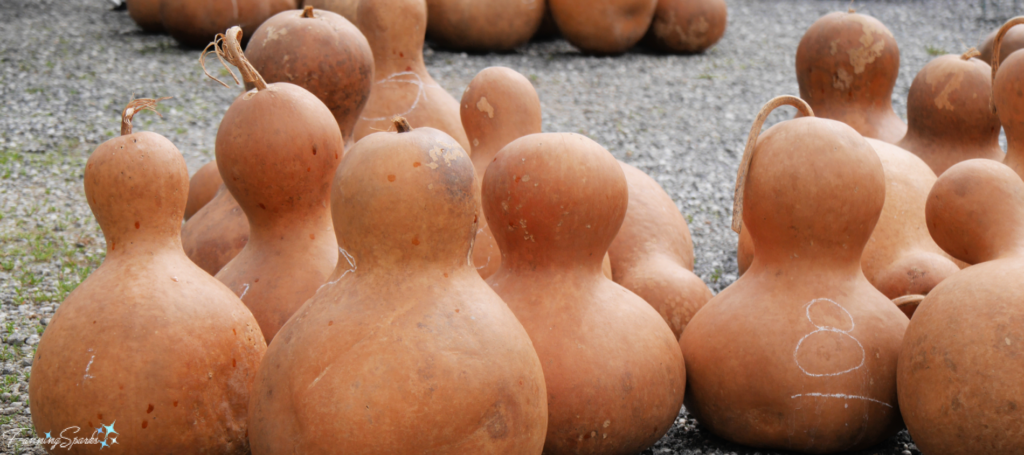






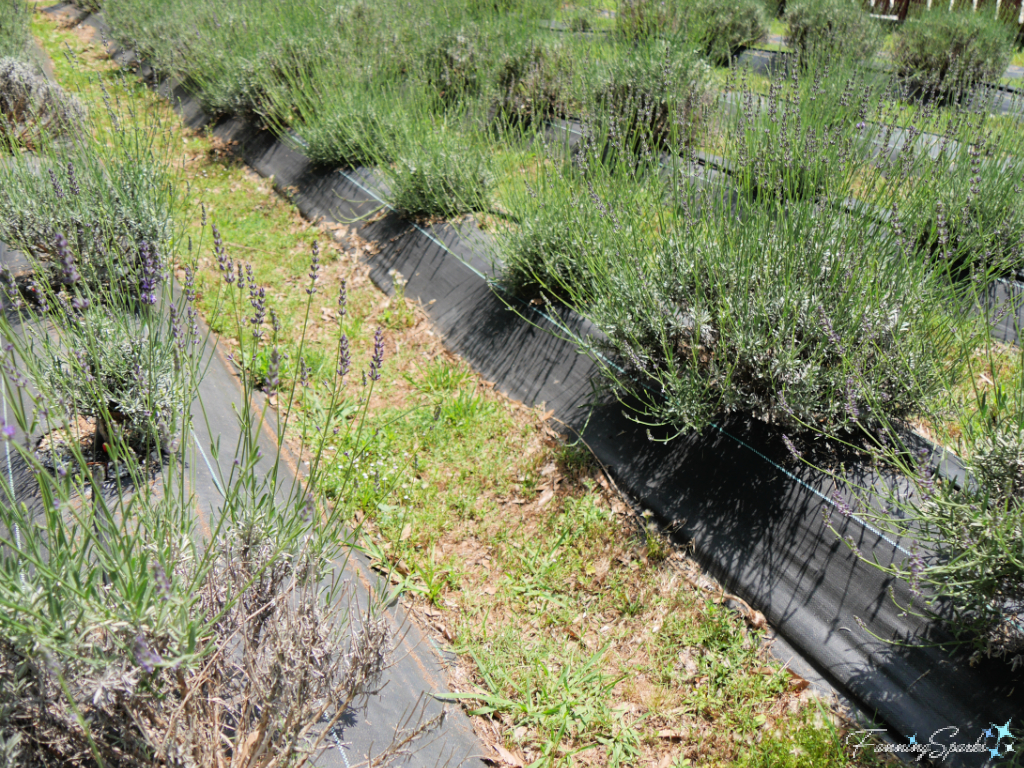


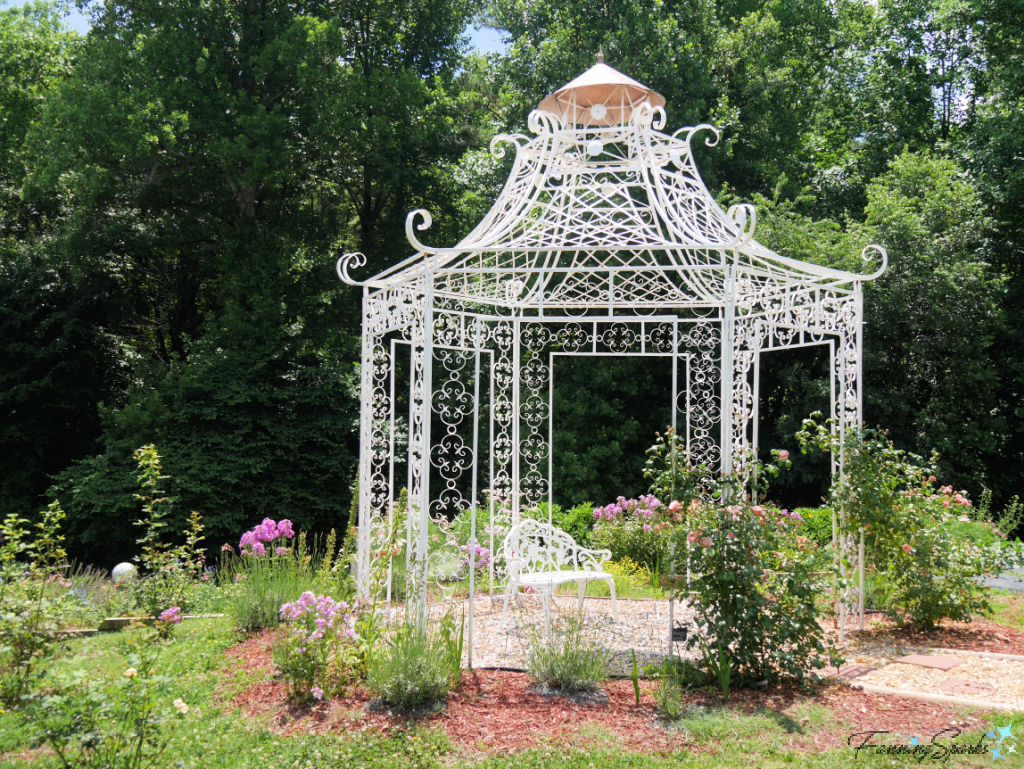

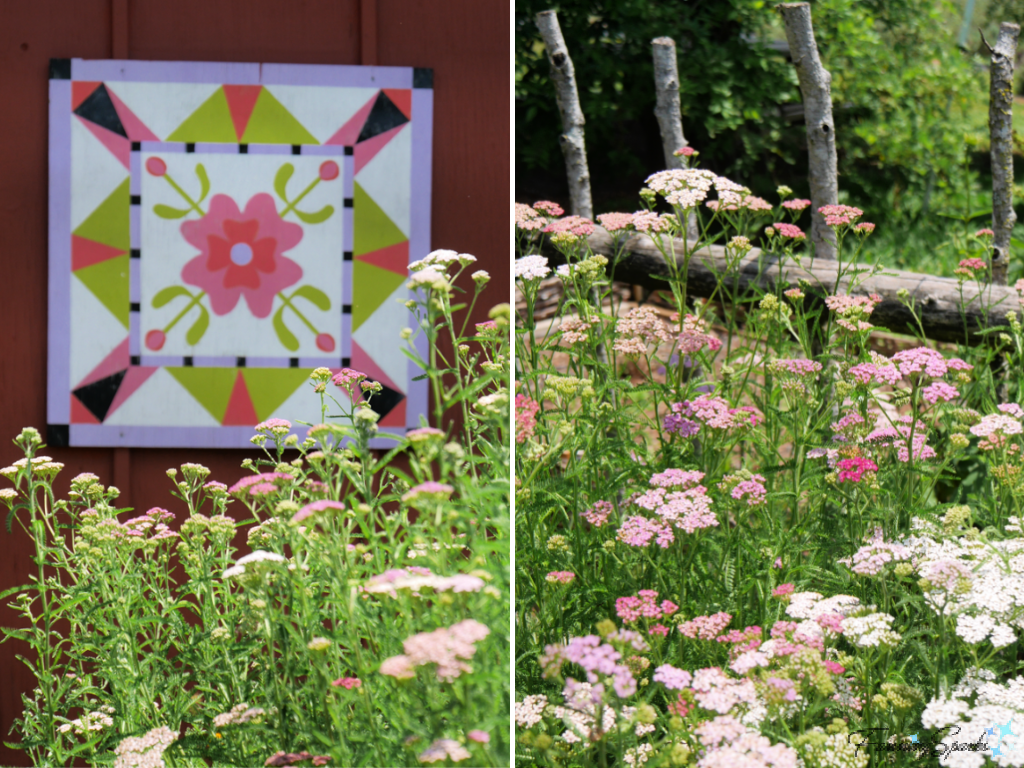
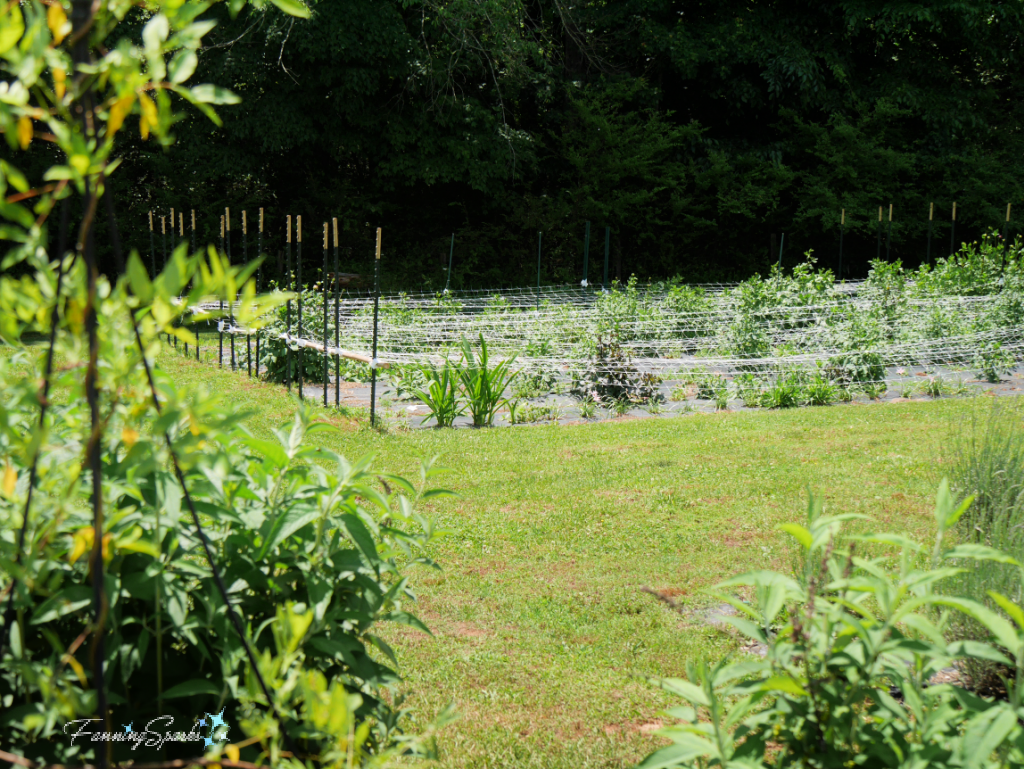
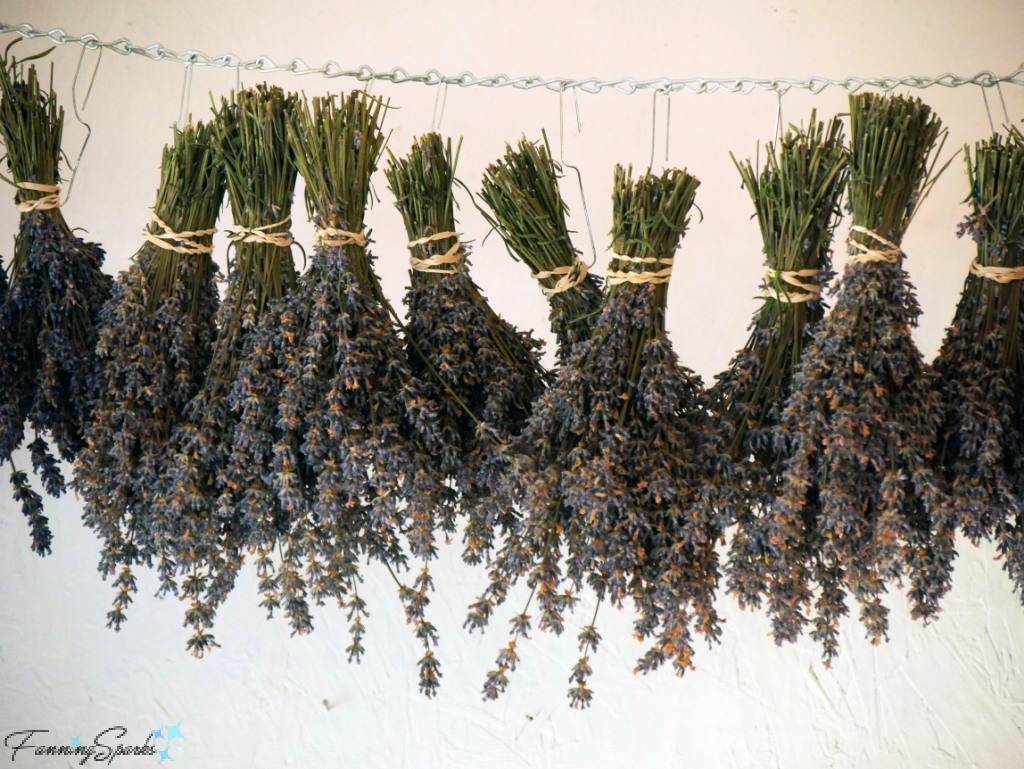

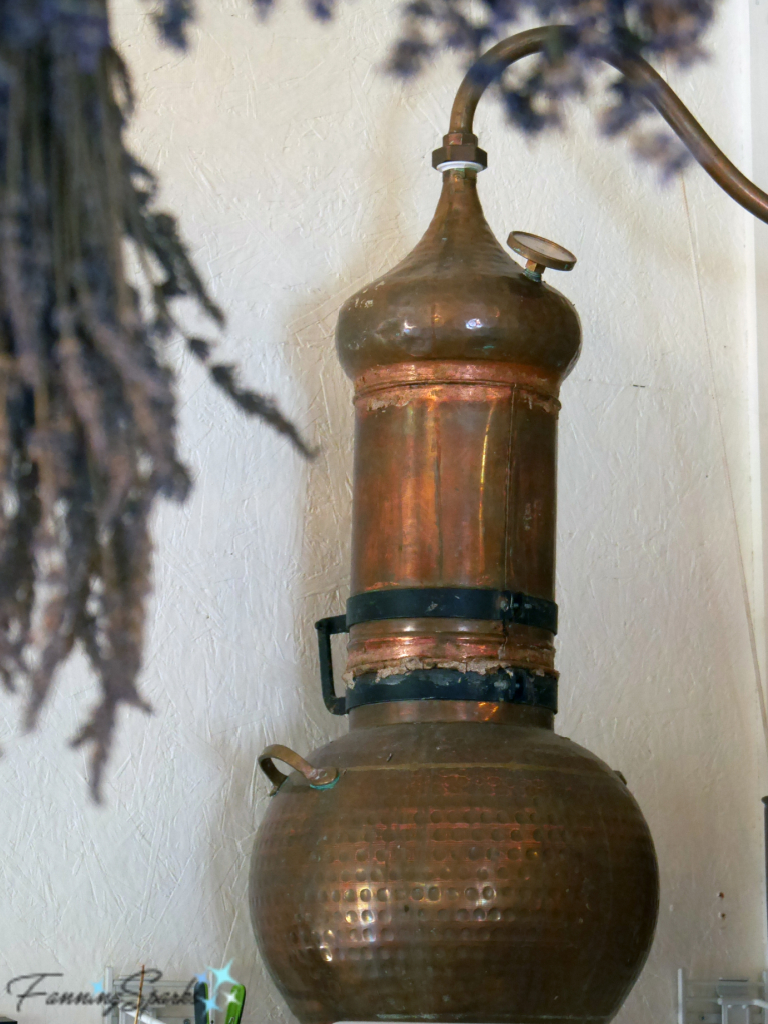
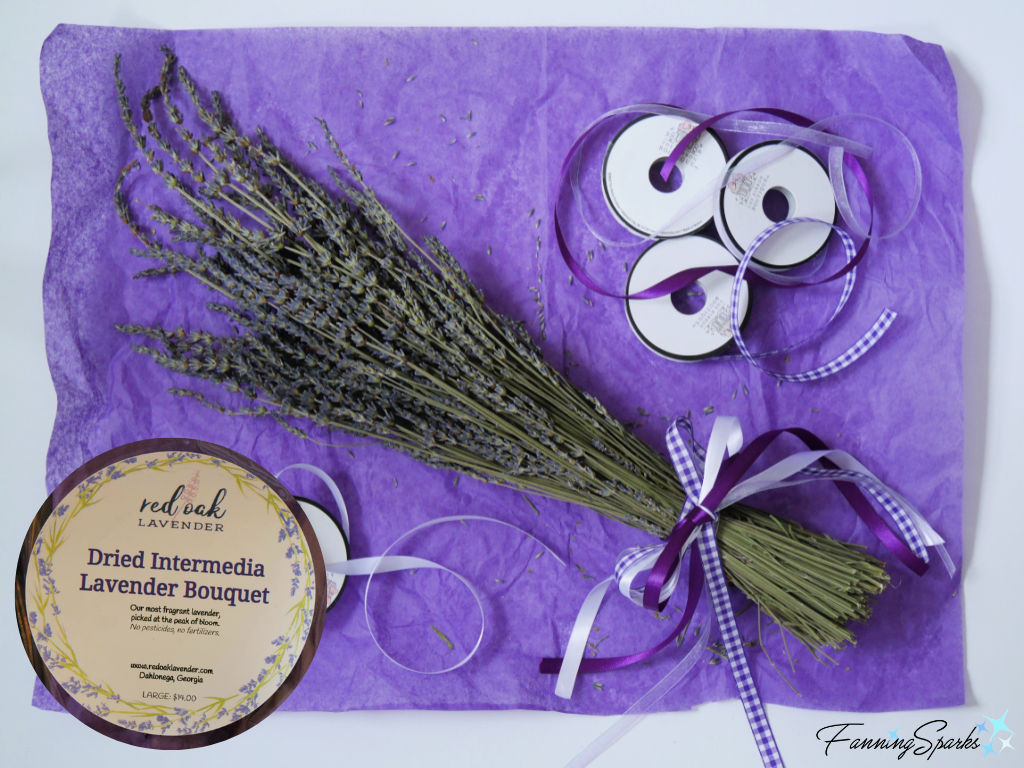
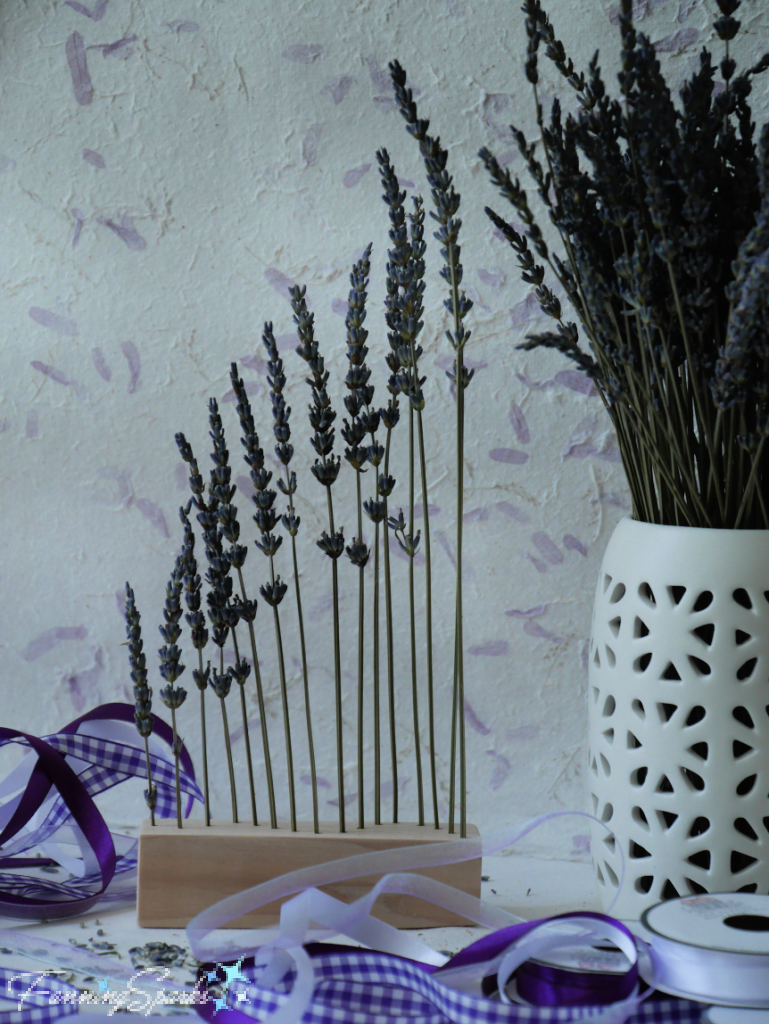
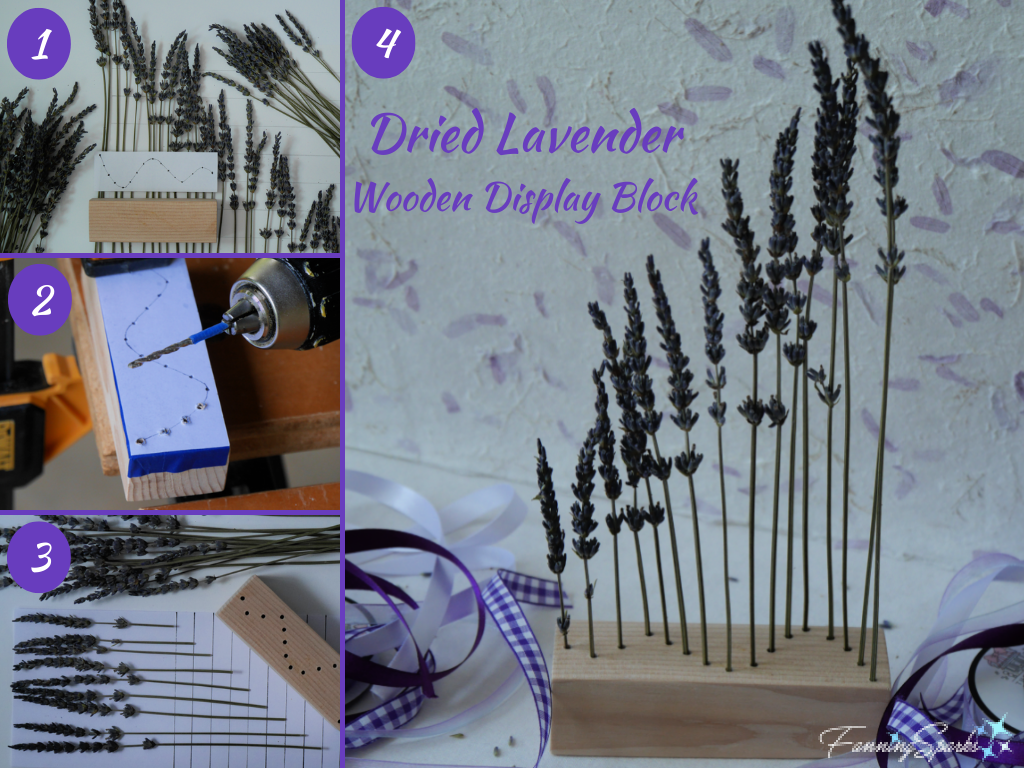

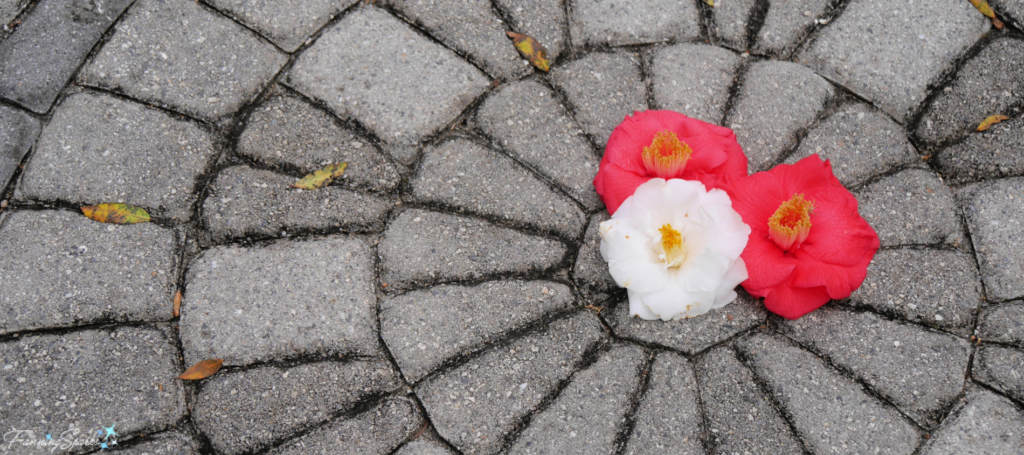
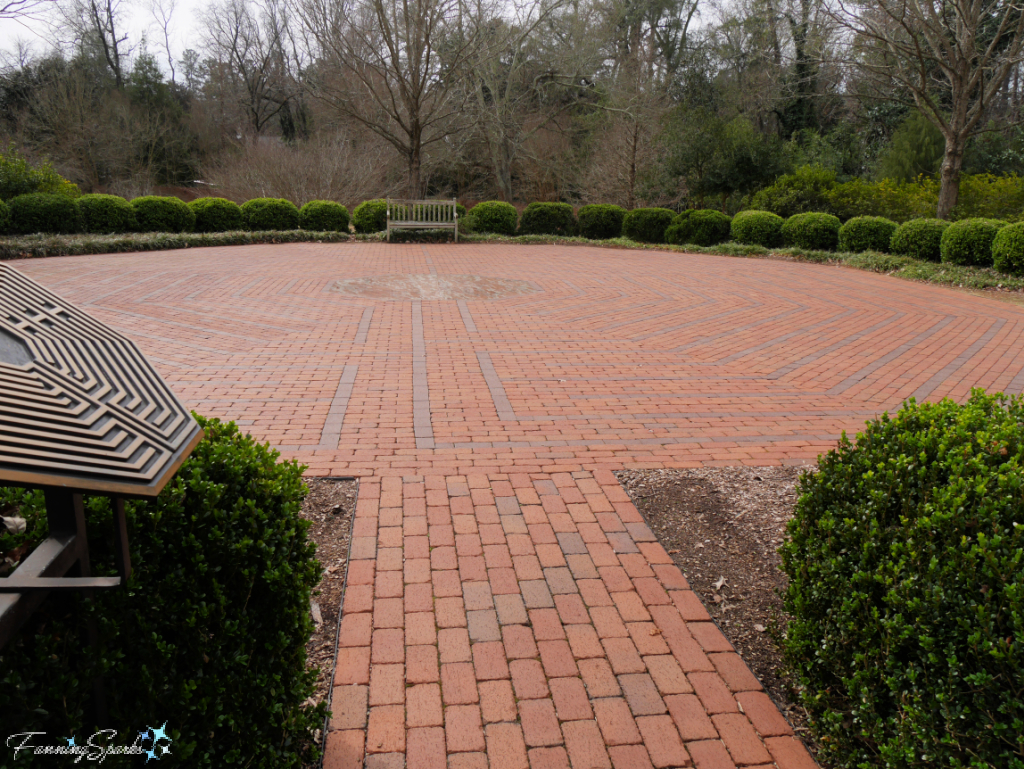

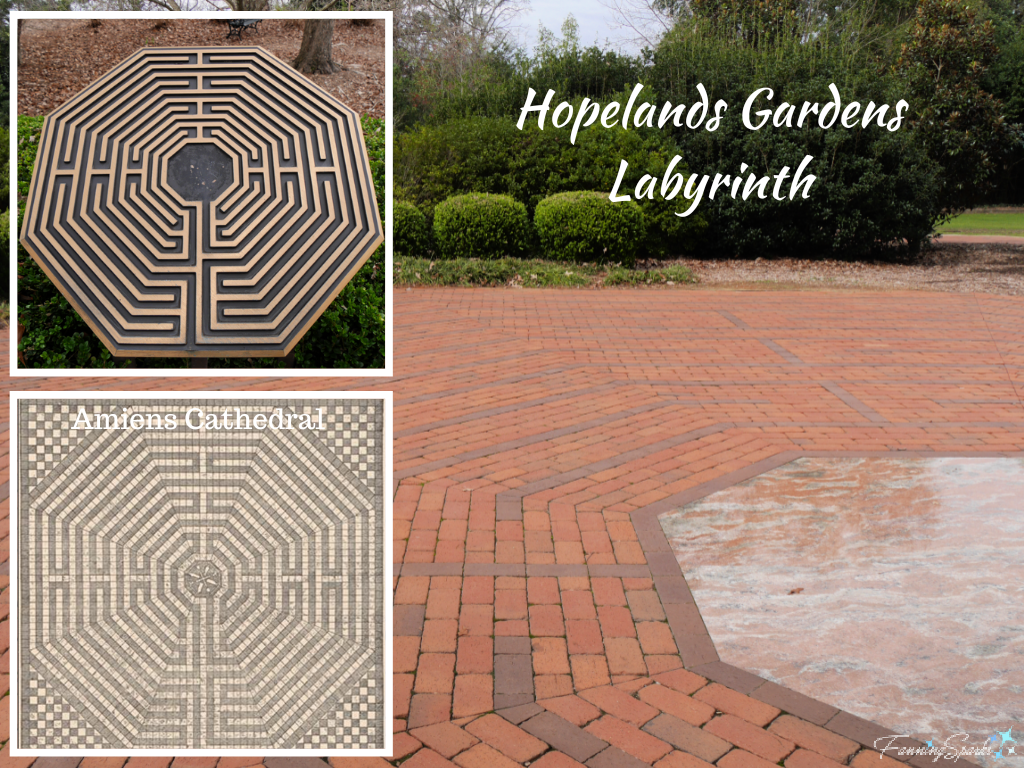
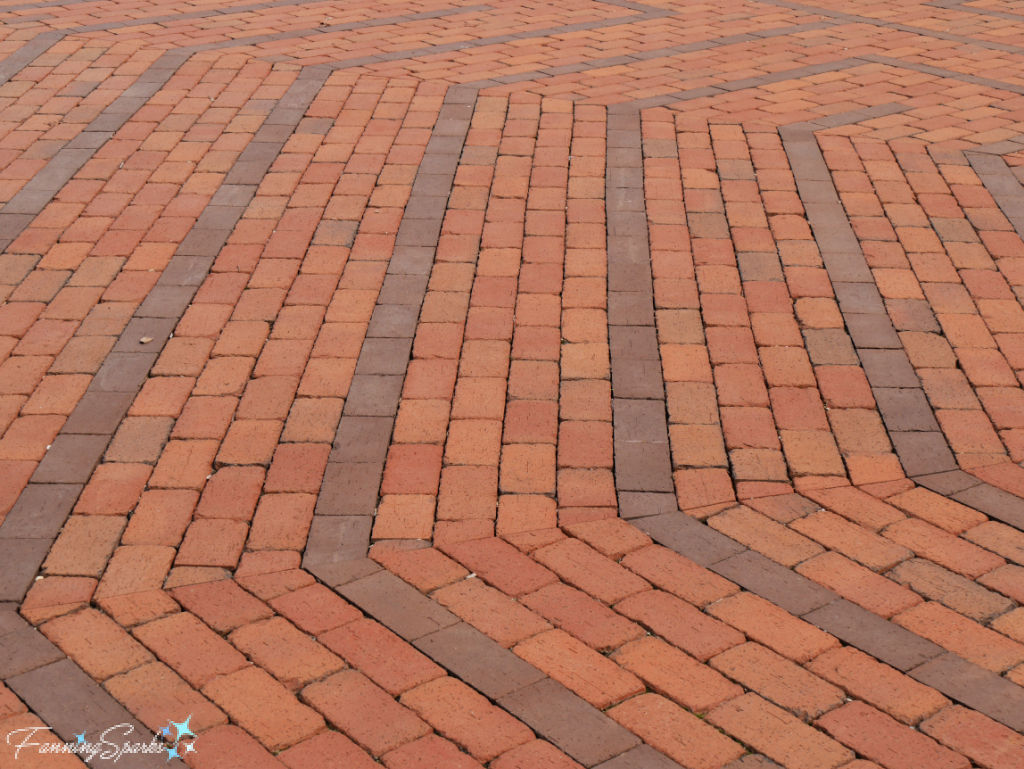
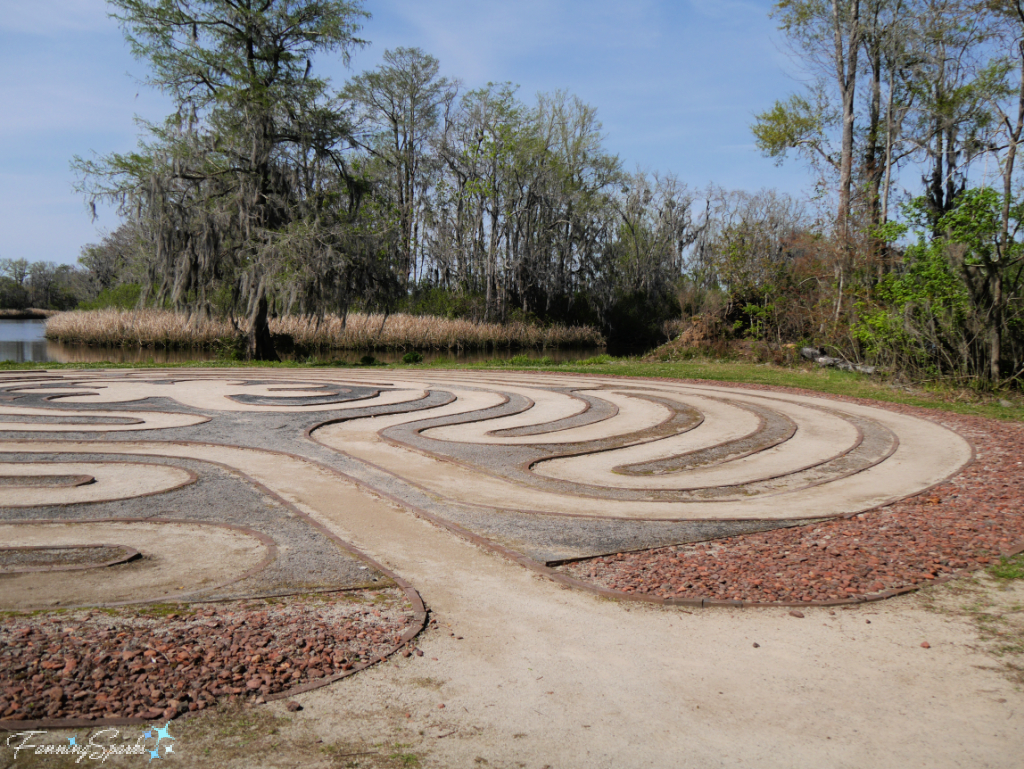
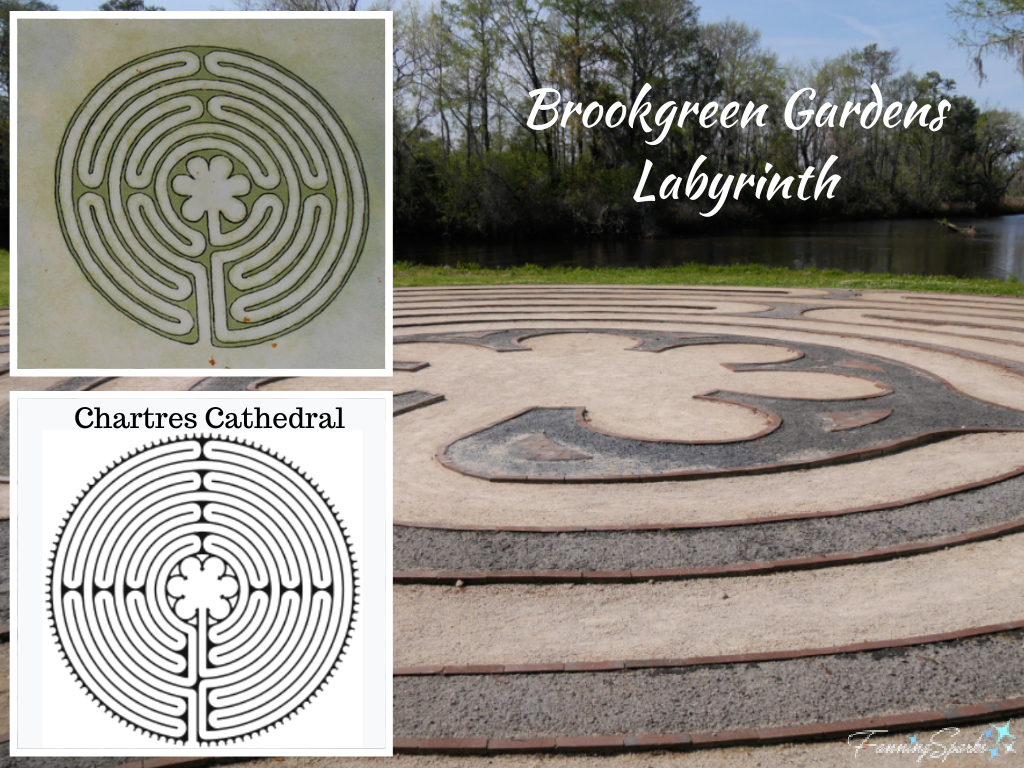
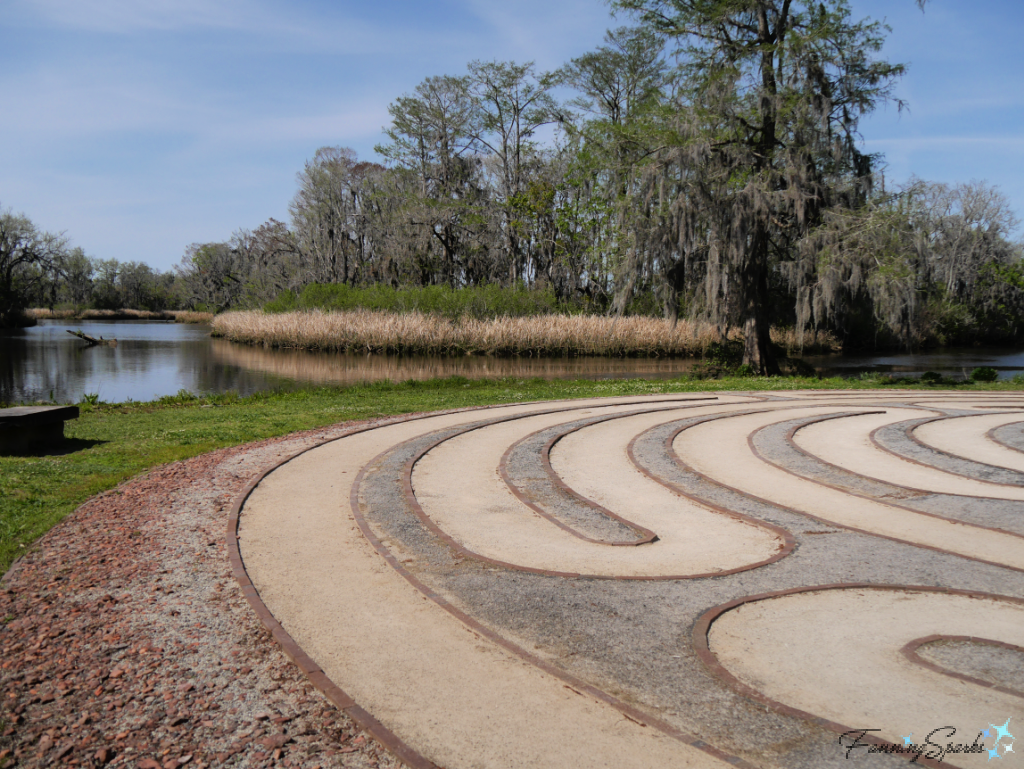
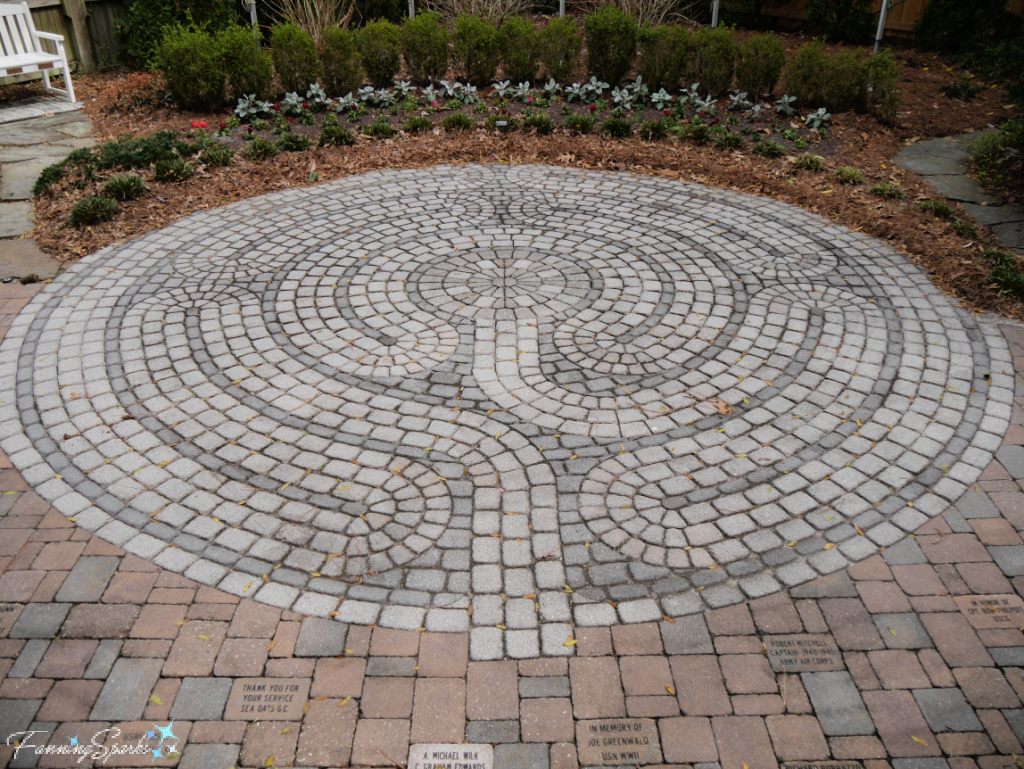
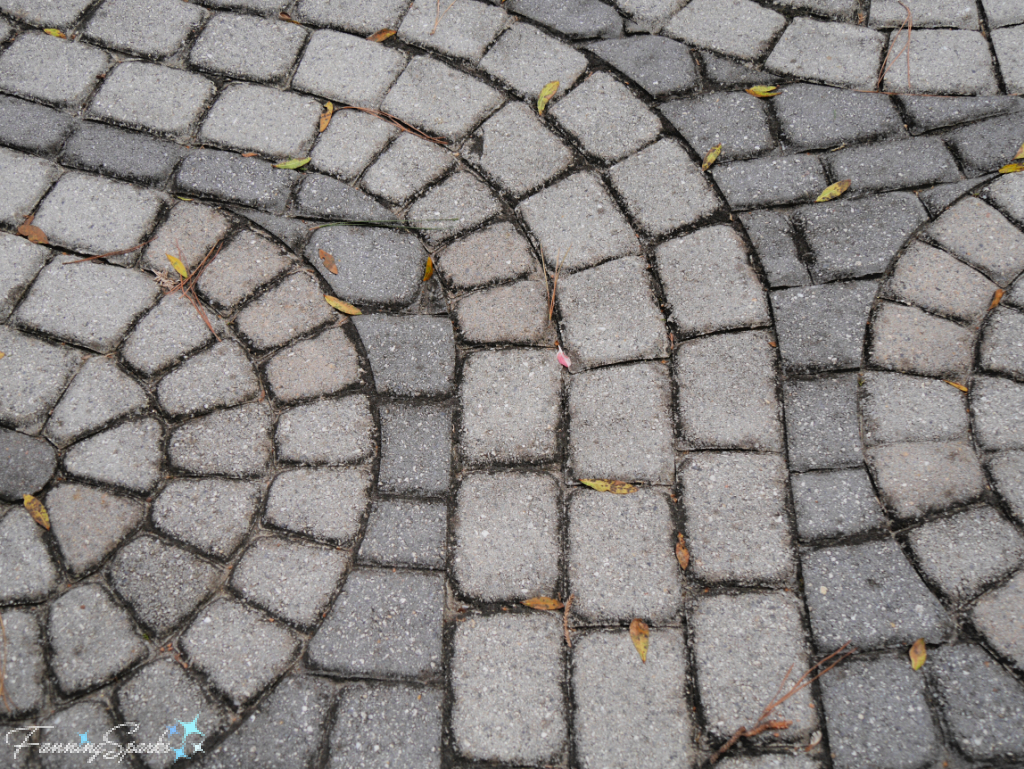
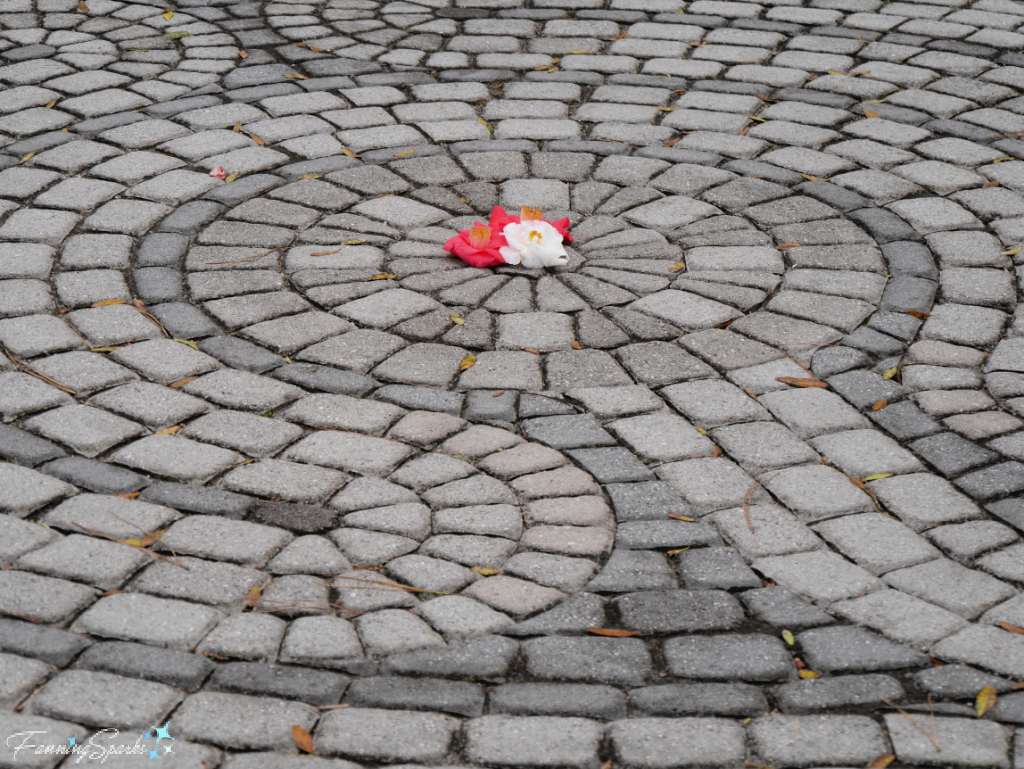
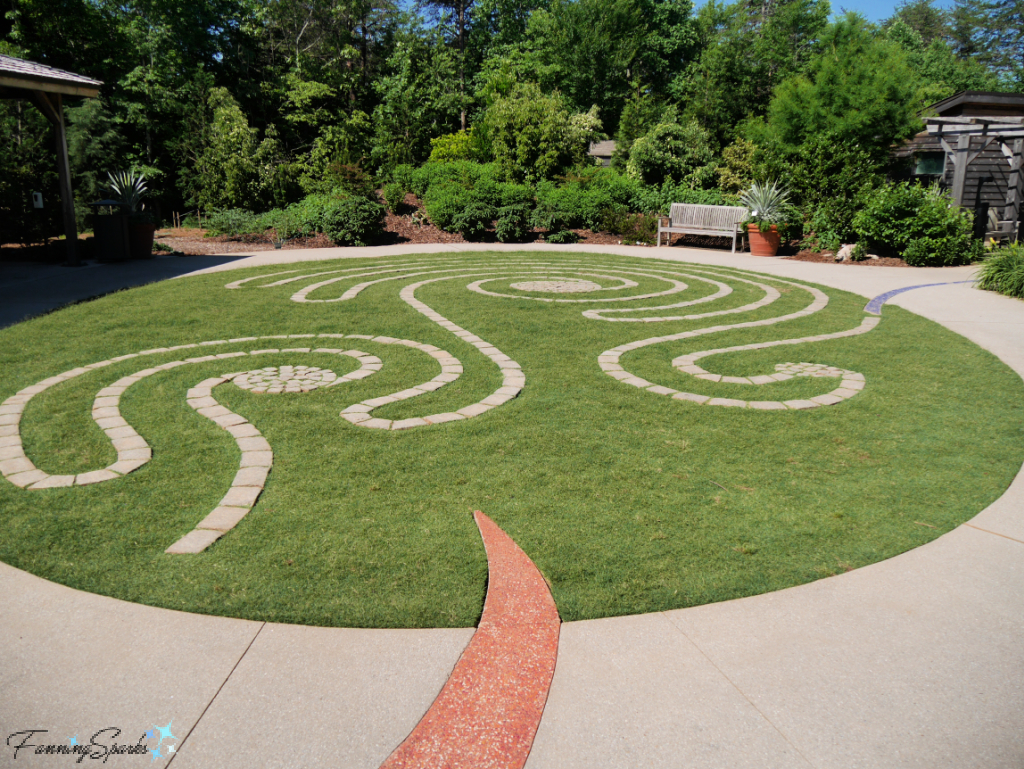
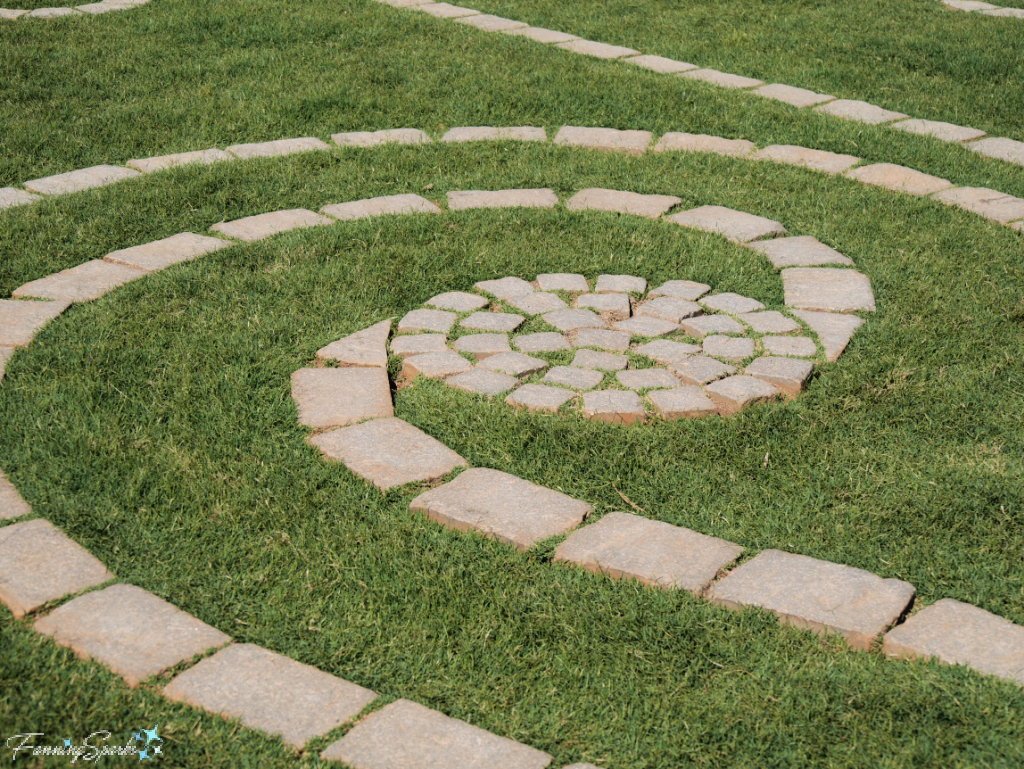
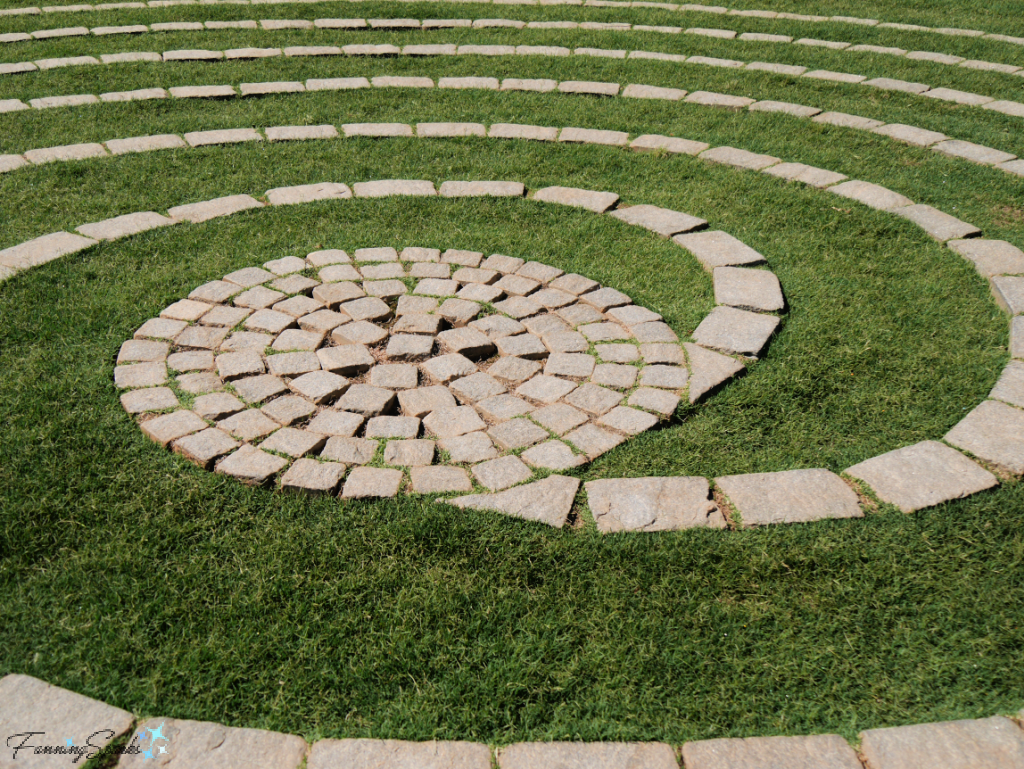
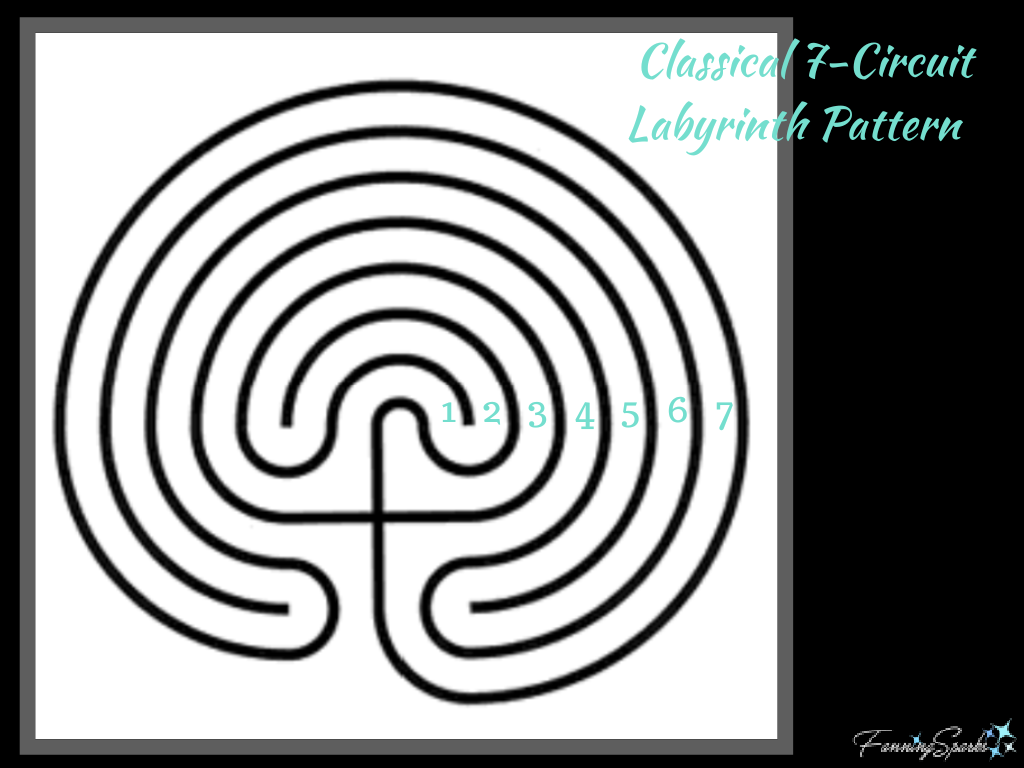
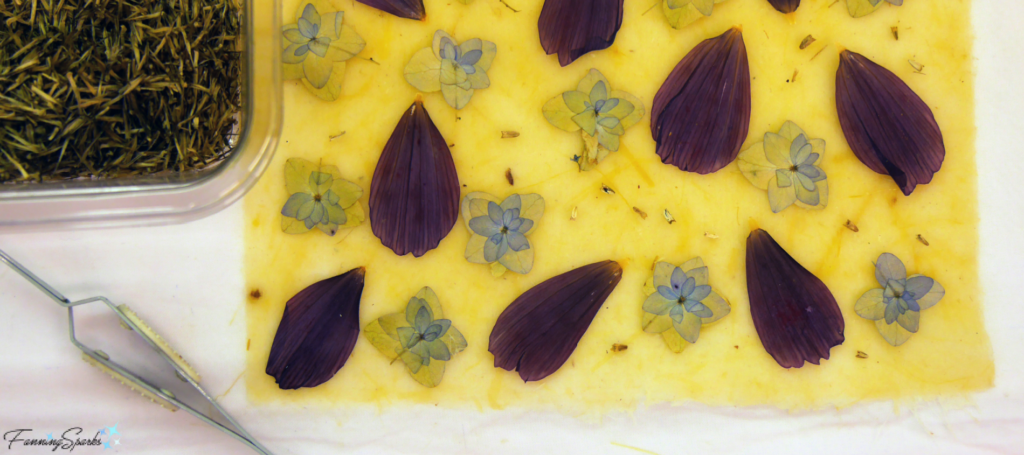
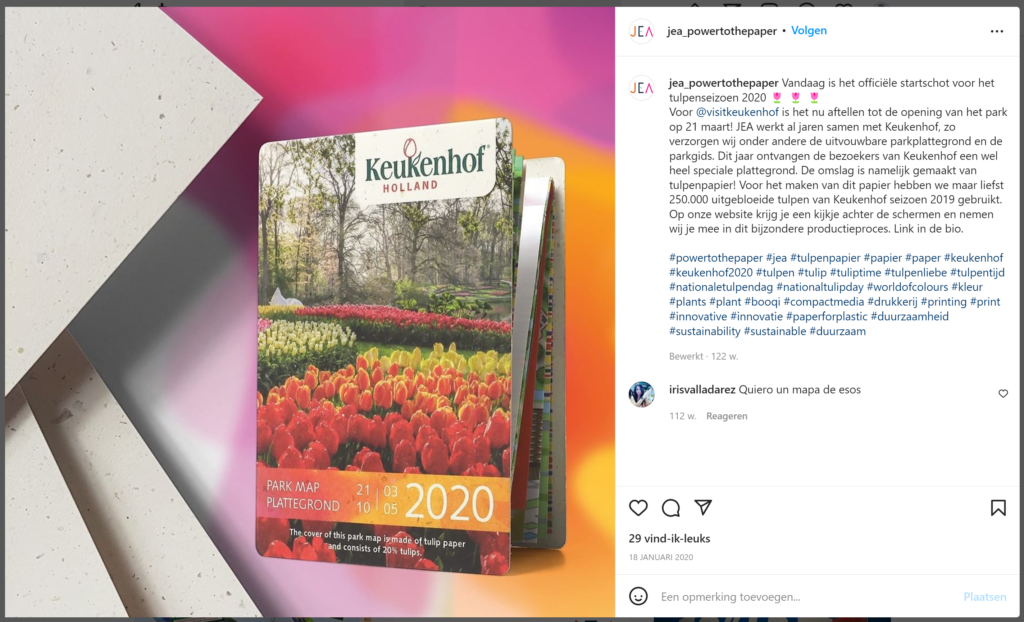
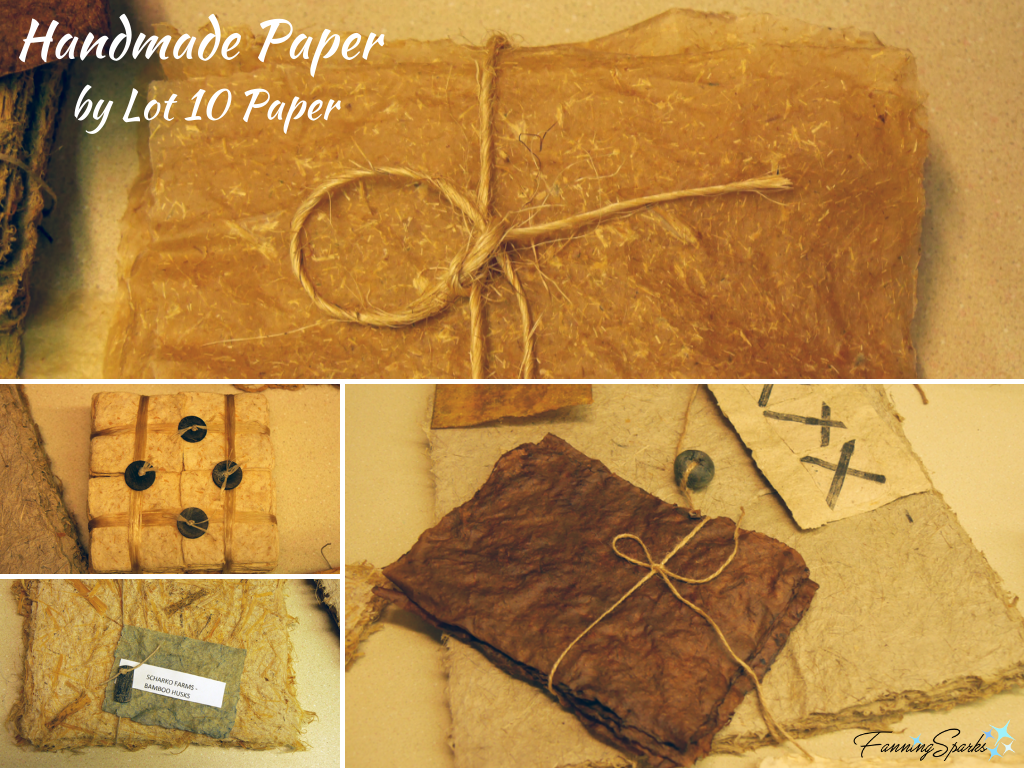
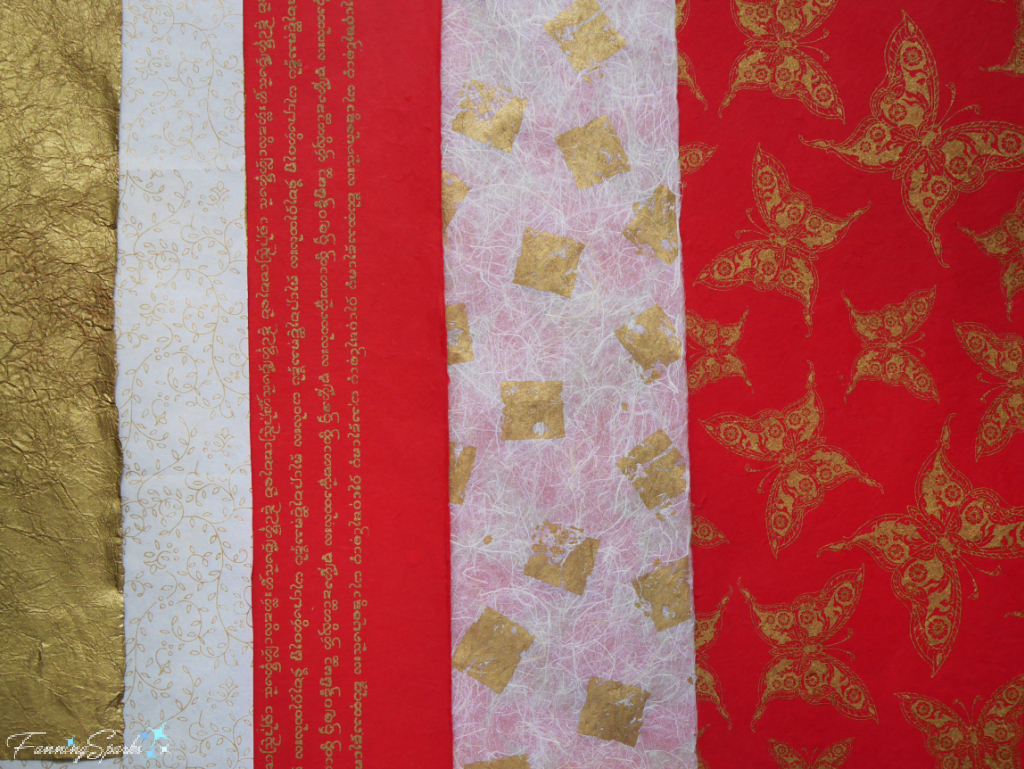
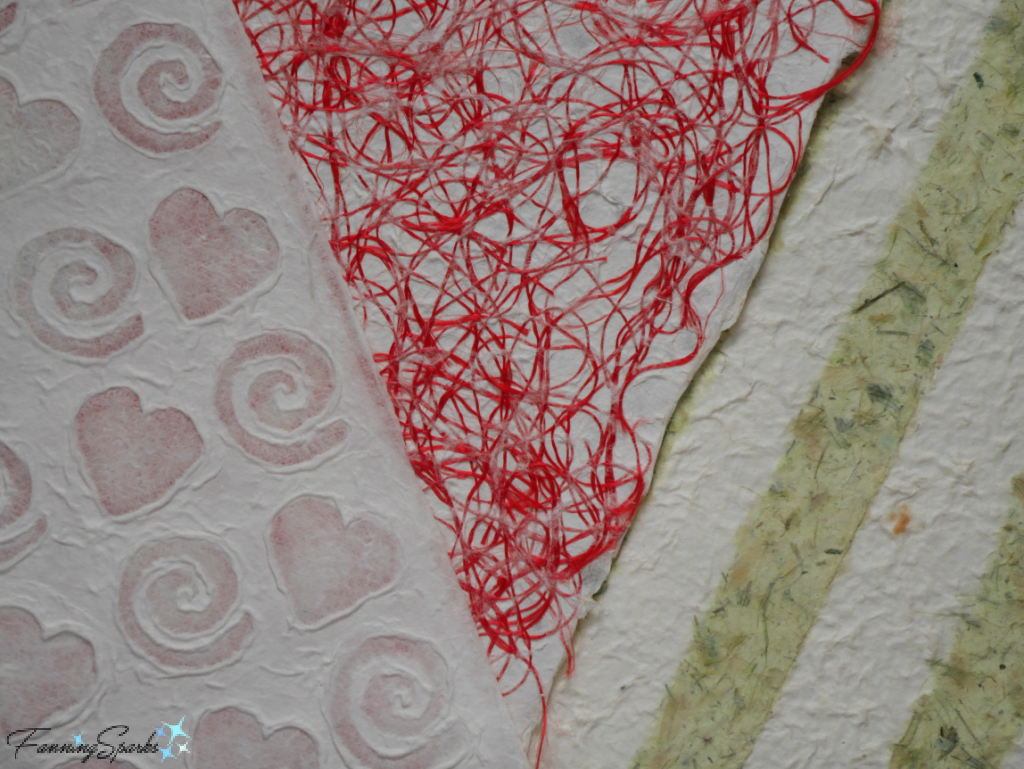

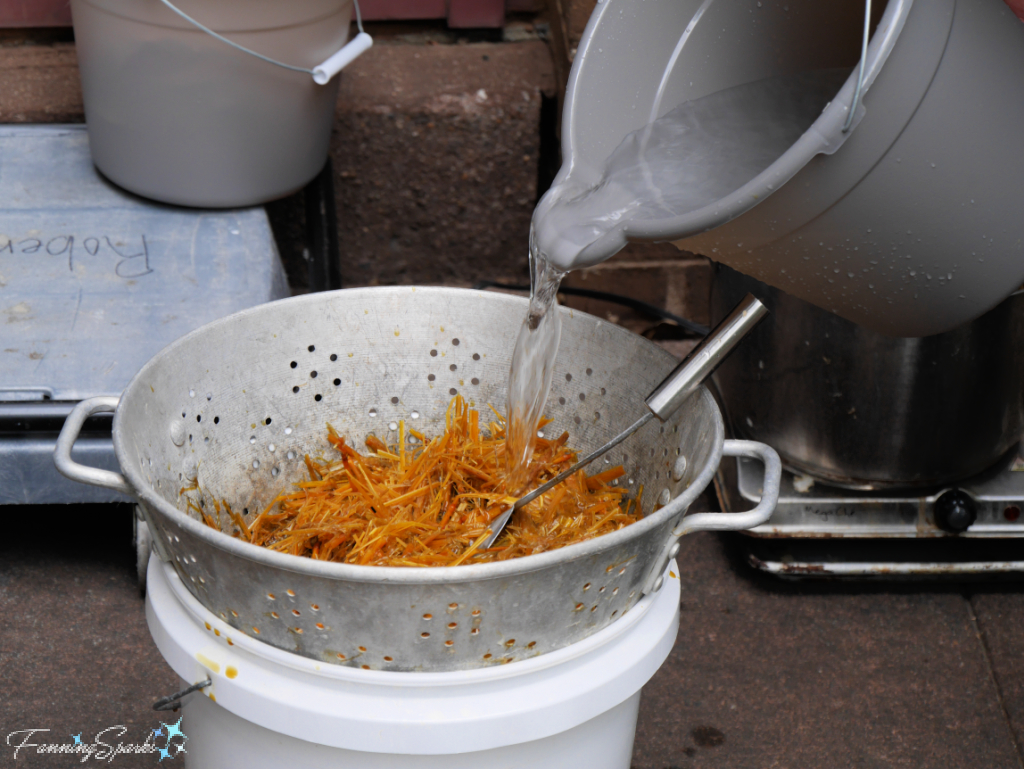
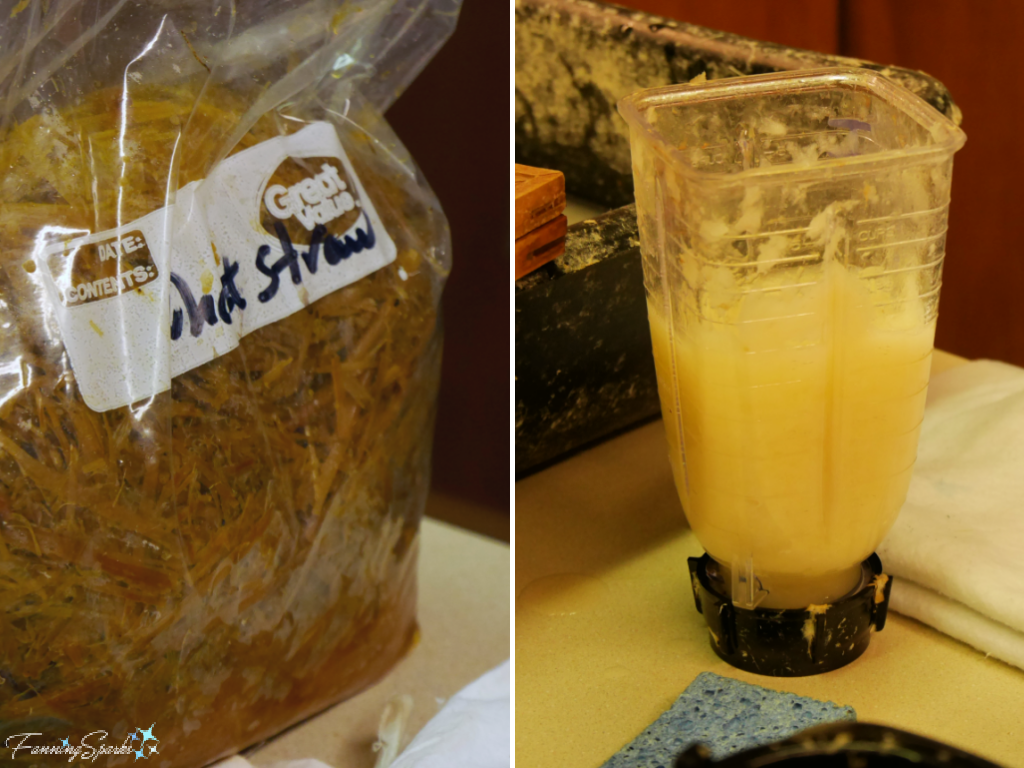
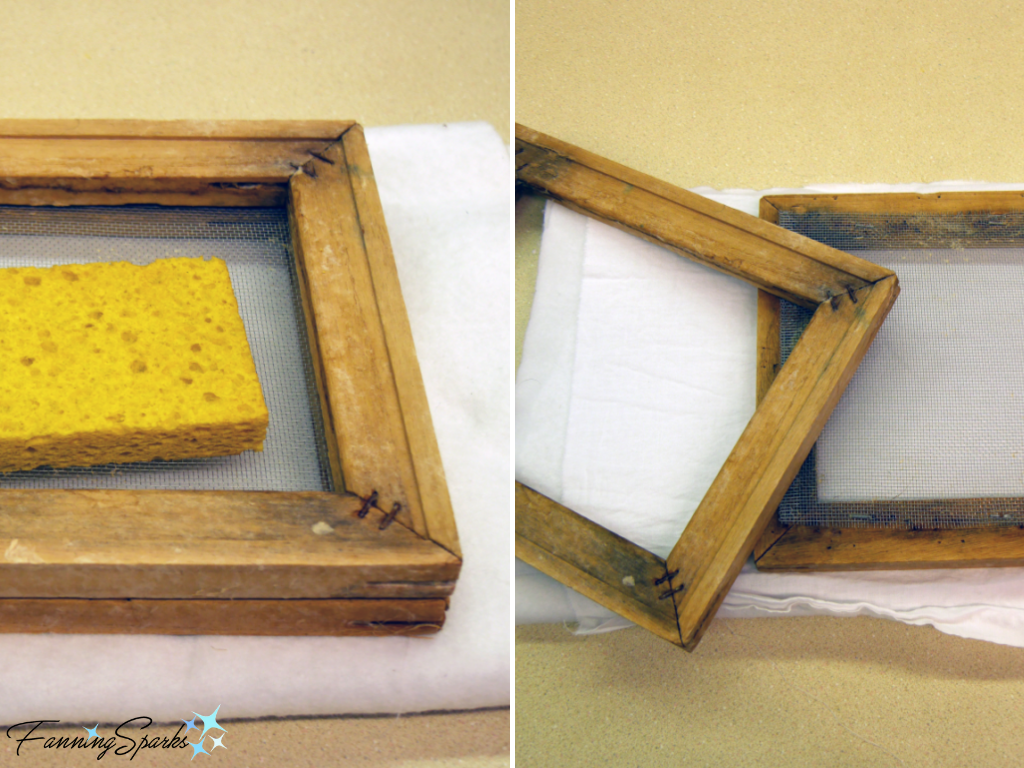
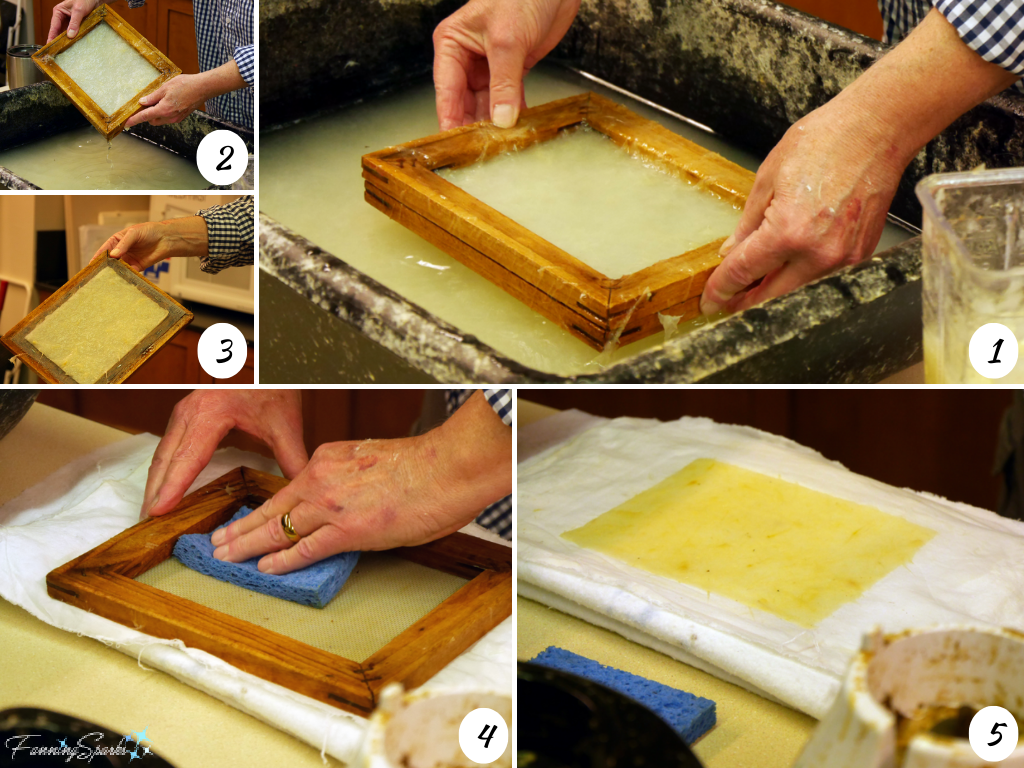
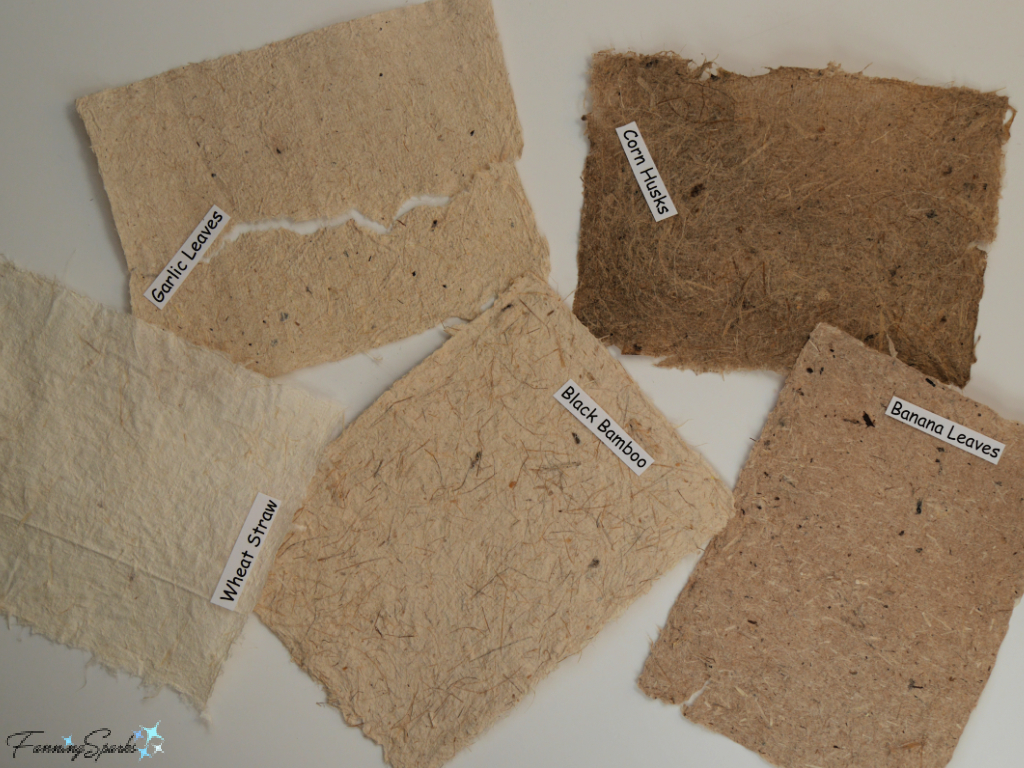
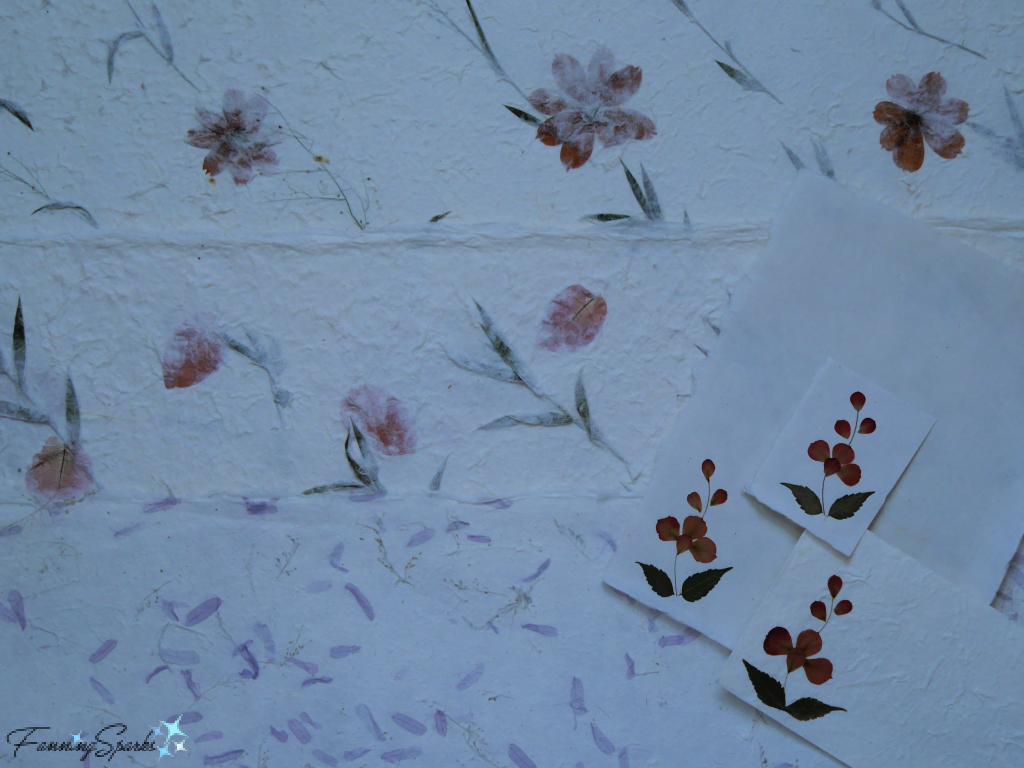
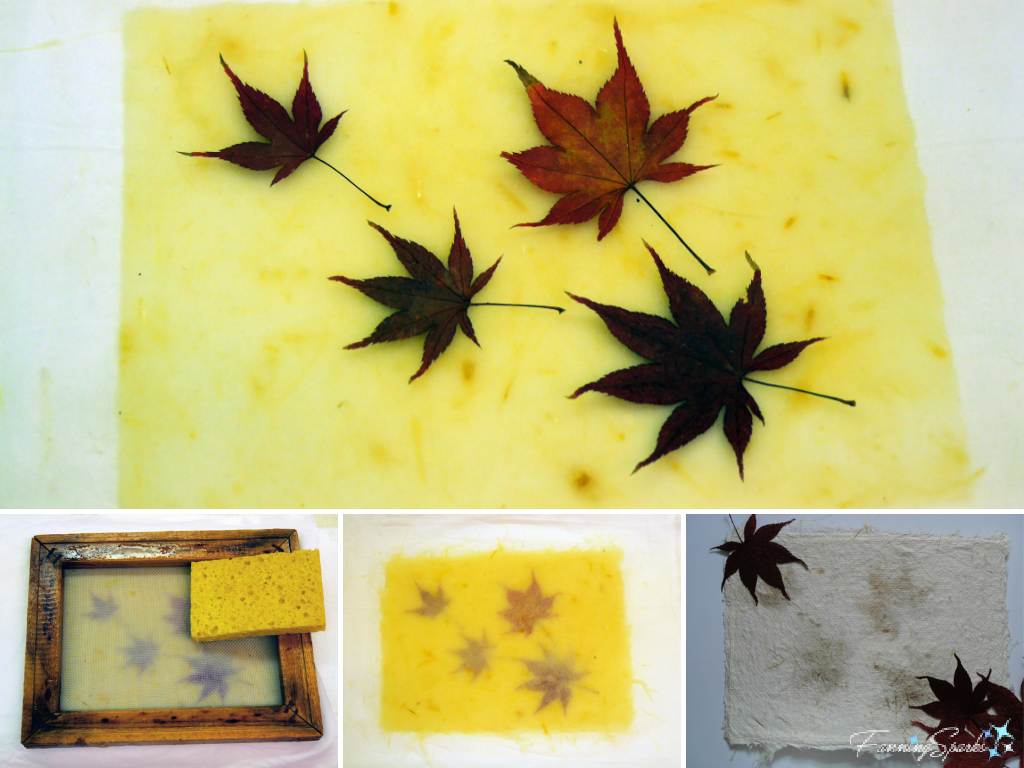
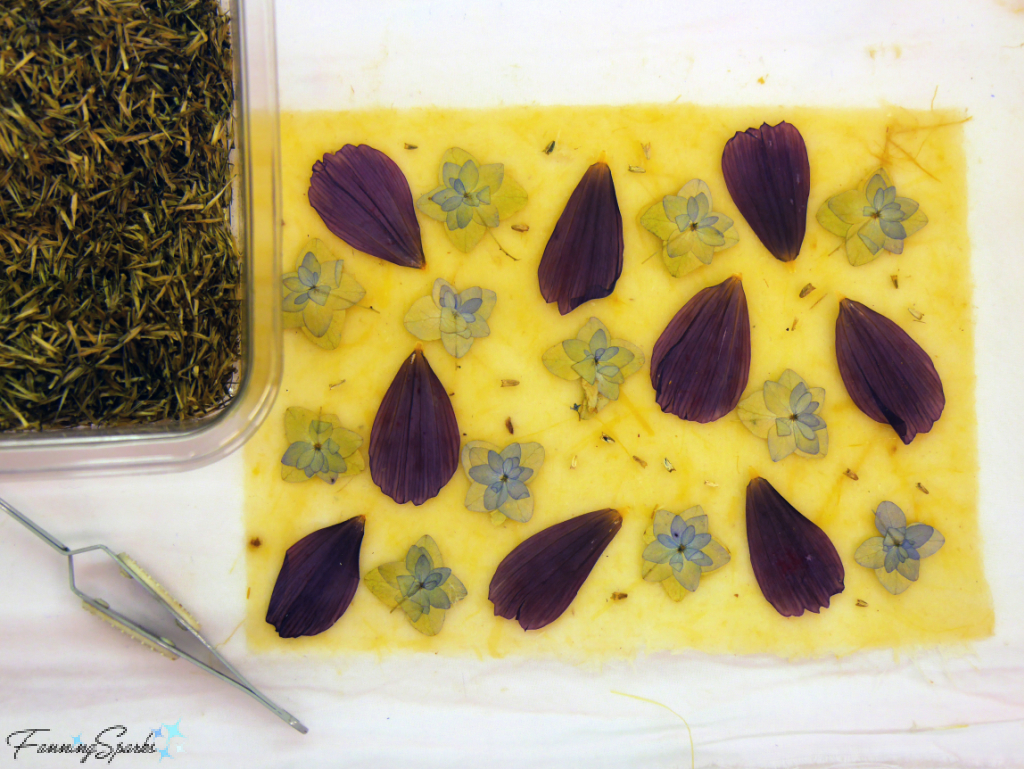
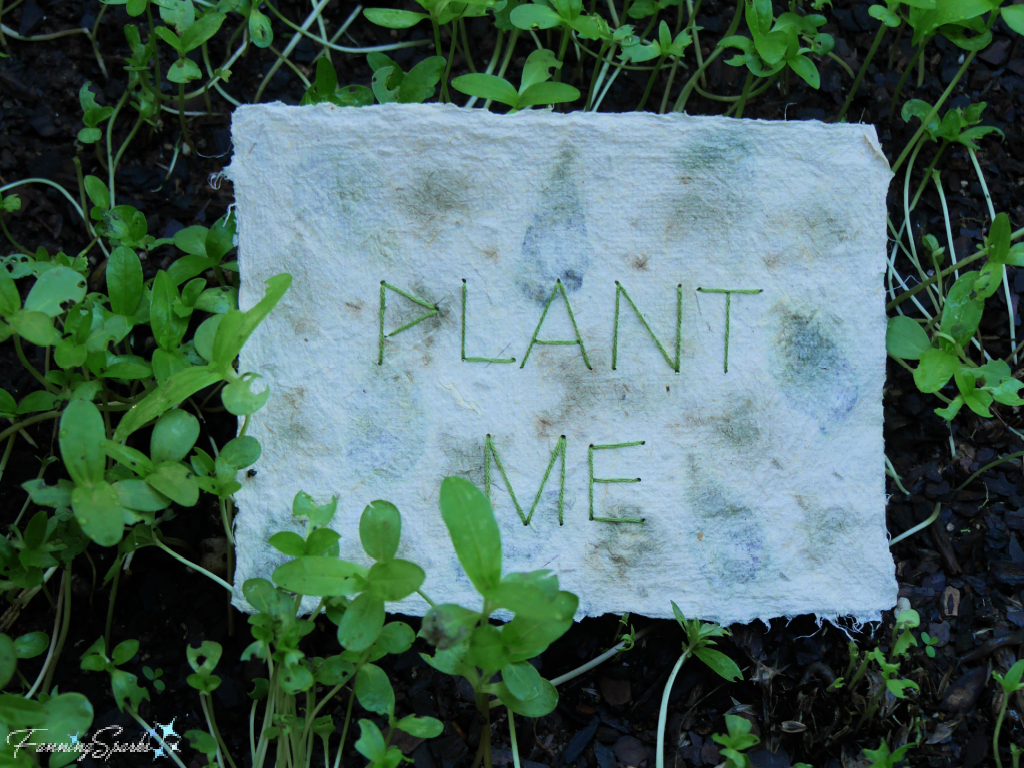
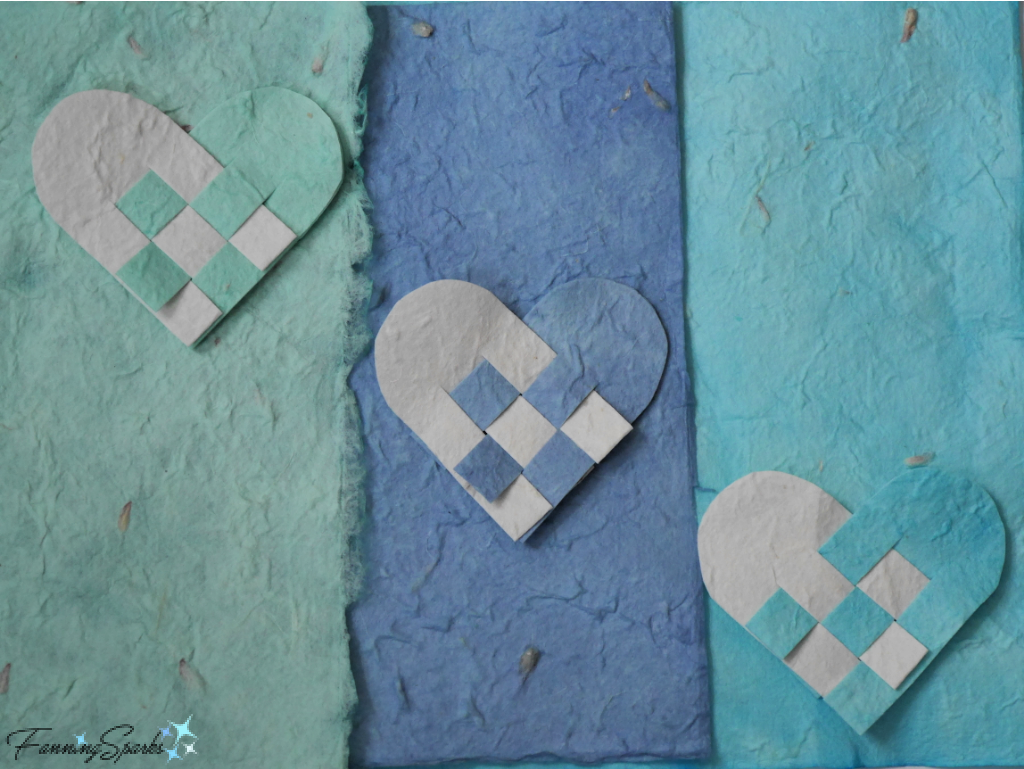
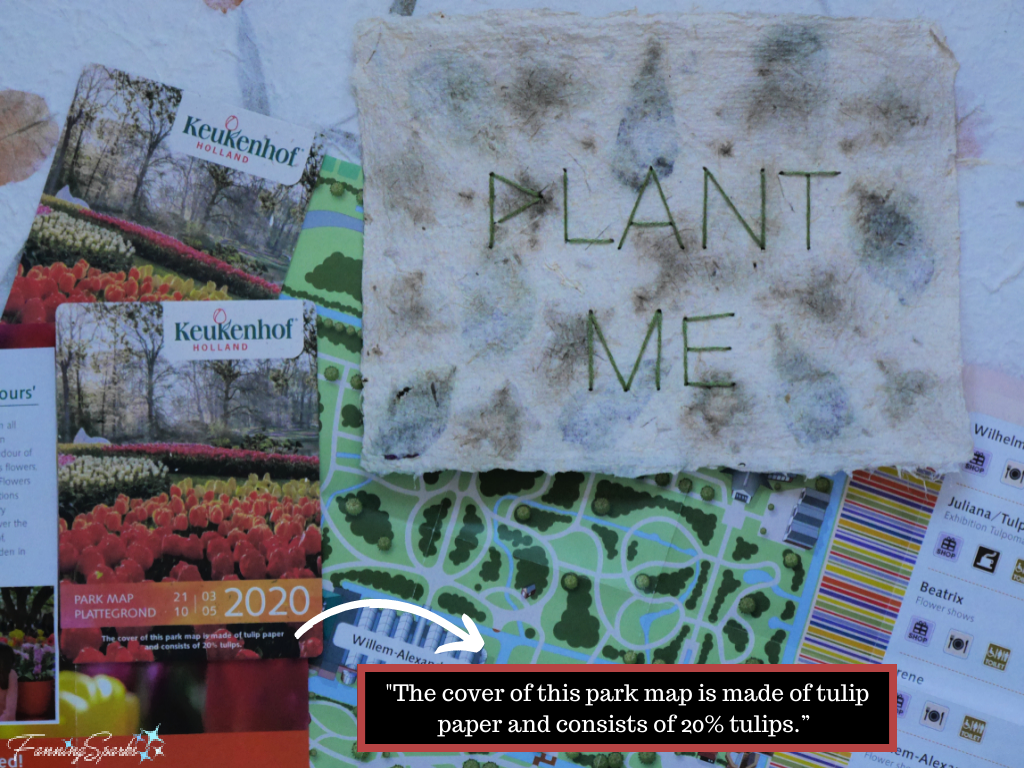





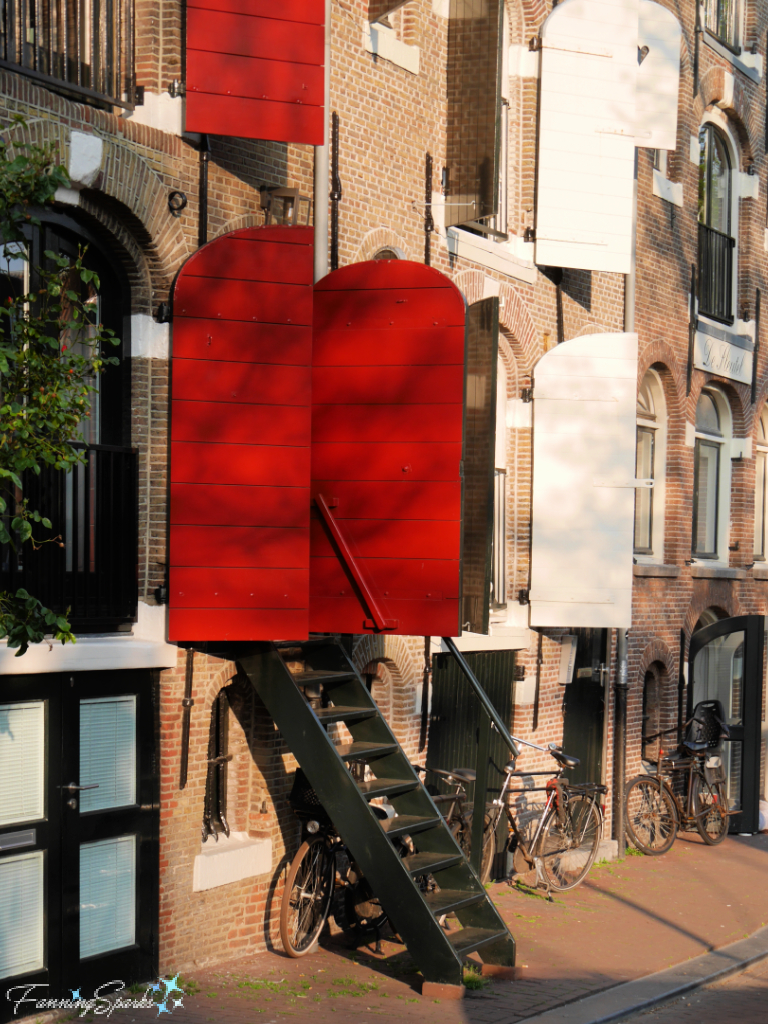


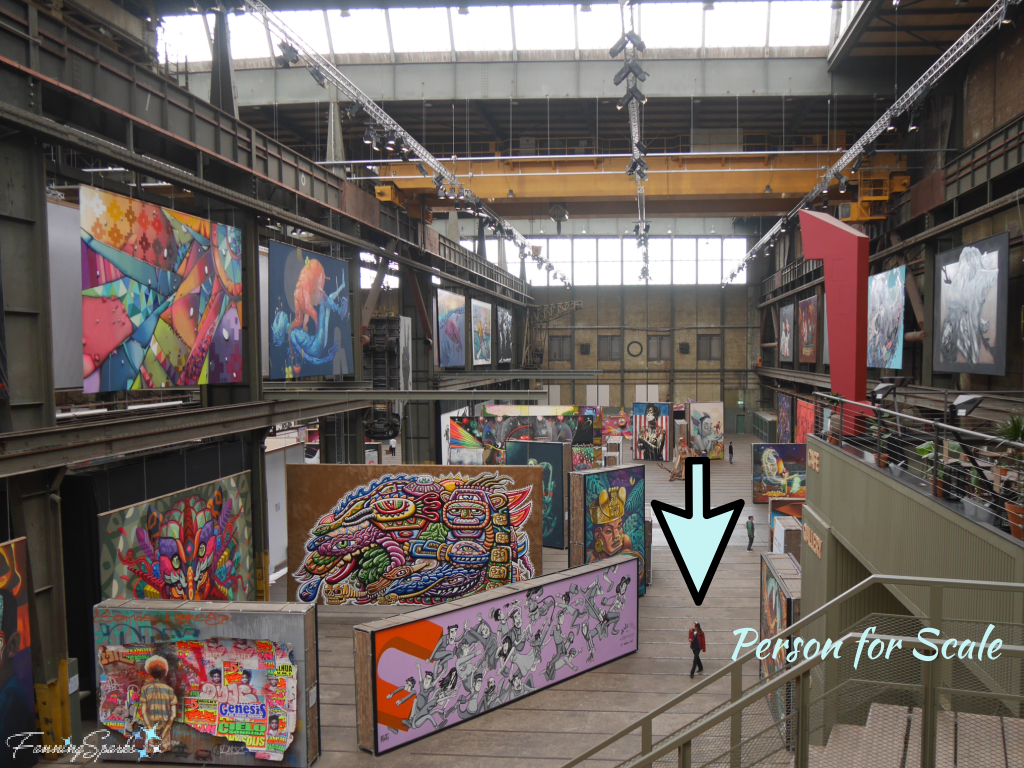




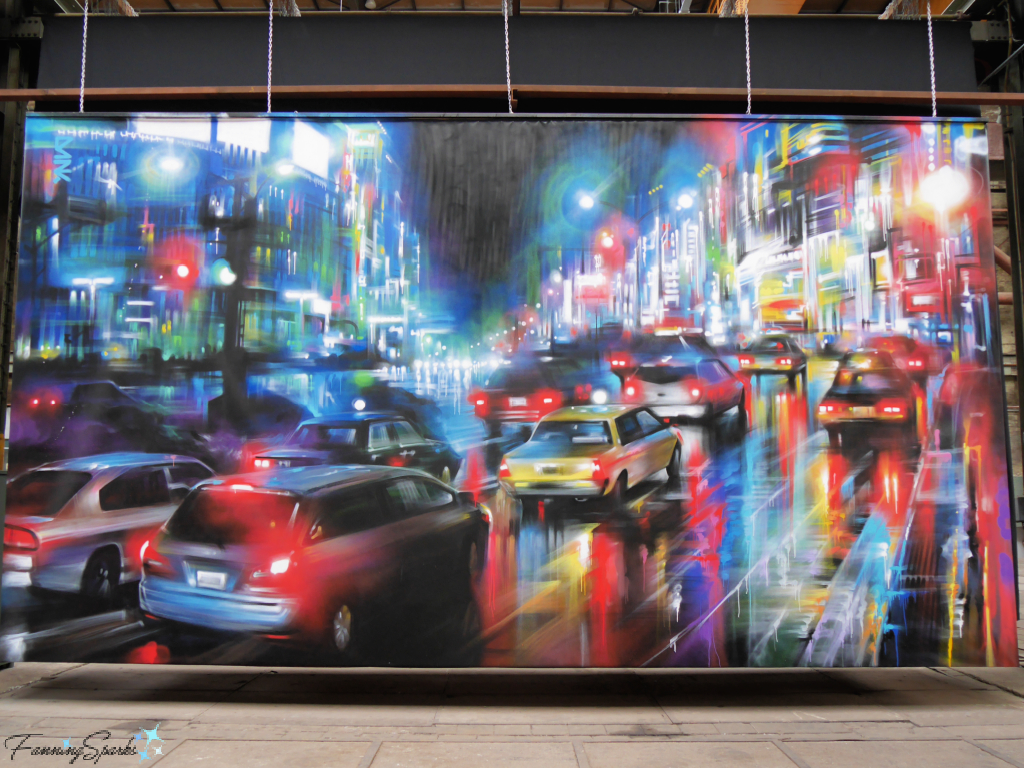
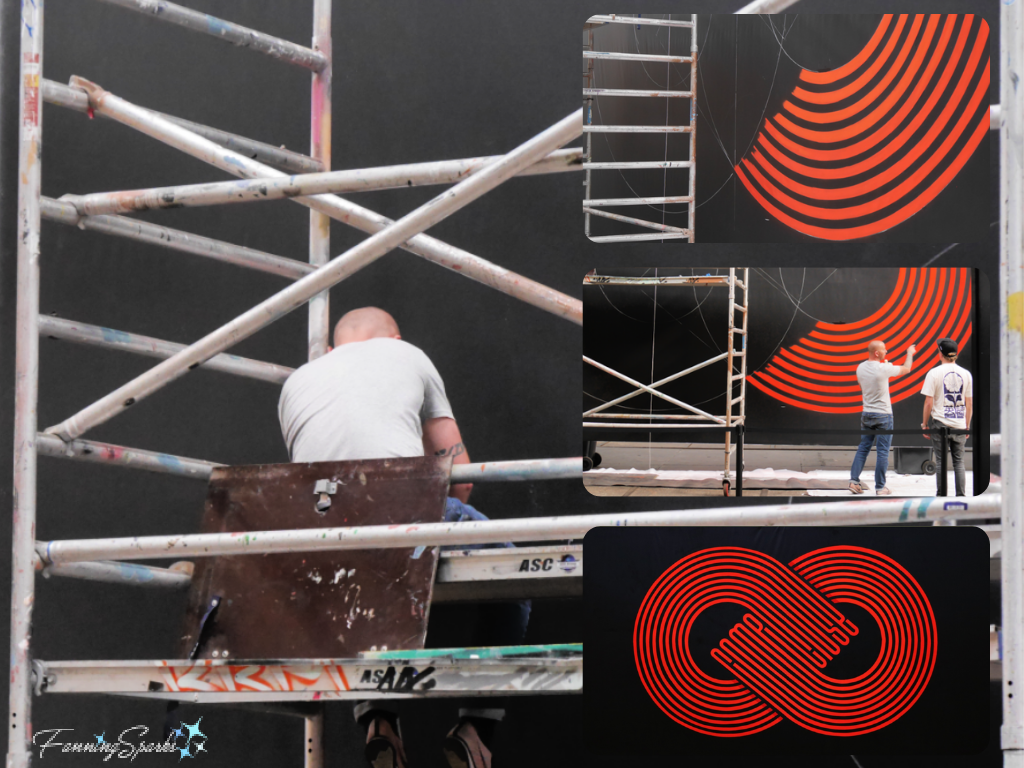








 “The neo-Gothic St Michael’s Bridge offers fine views back over the towers and turrets that pierce the Ghent skyline – just as it was meant to: the bridge was built to provide visitors to the Great Exhibition [in 1913] with a vantage point from which to admire the city center.” says Phil Lee in his book Rough Guide Directions Bruges and Ghent. The below photo was taken from St Michael’s Bridge and shows the Former Post Office (on left) and St Nicholas’ Church (center).
“The neo-Gothic St Michael’s Bridge offers fine views back over the towers and turrets that pierce the Ghent skyline – just as it was meant to: the bridge was built to provide visitors to the Great Exhibition [in 1913] with a vantage point from which to admire the city center.” says Phil Lee in his book Rough Guide Directions Bruges and Ghent. The below photo was taken from St Michael’s Bridge and shows the Former Post Office (on left) and St Nicholas’ Church (center). Atop a lamppost at the center of the bridge, is a striking bronze sculpture of Saint Michael defeating a dragon.
Atop a lamppost at the center of the bridge, is a striking bronze sculpture of Saint Michael defeating a dragon.



